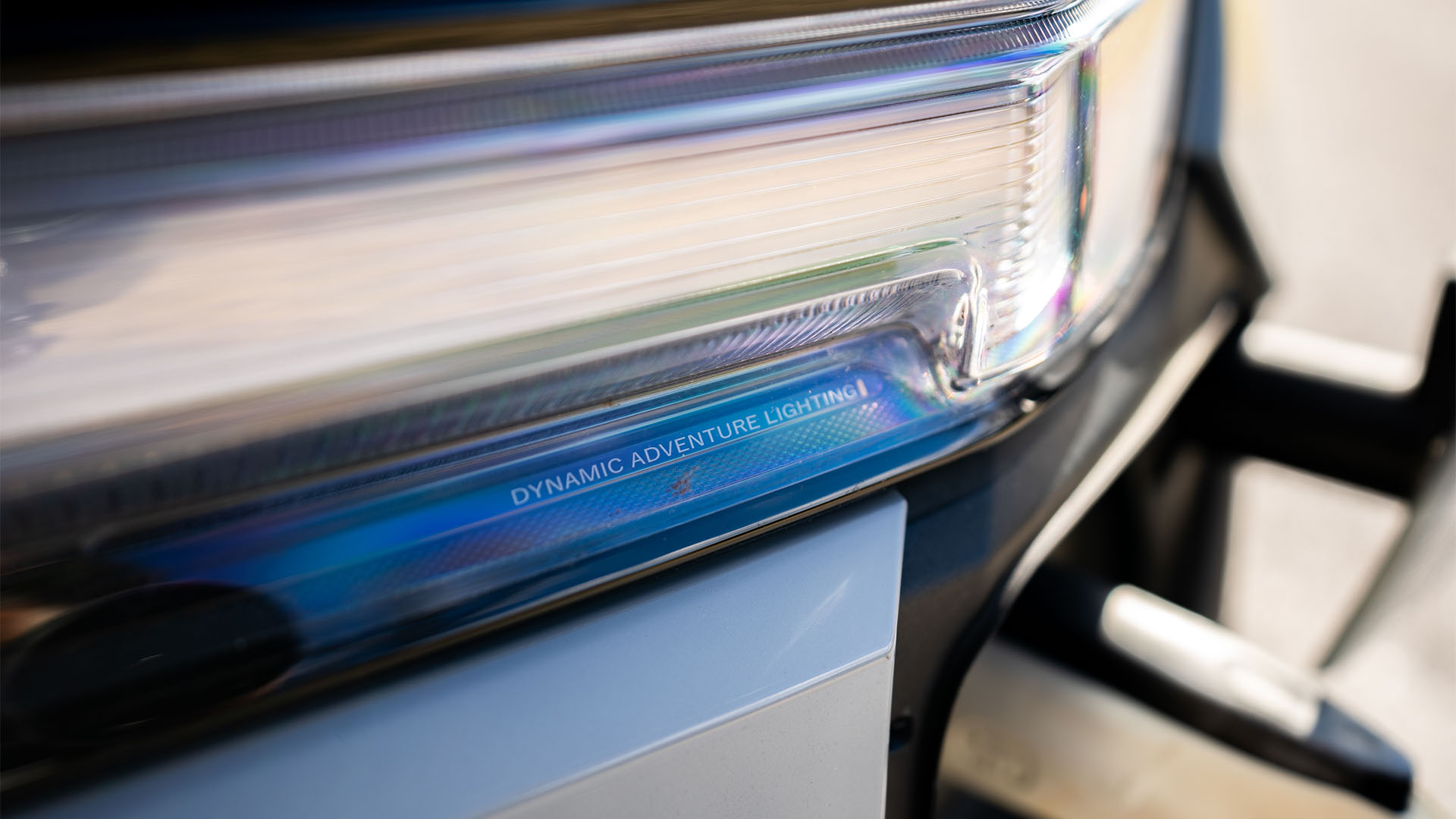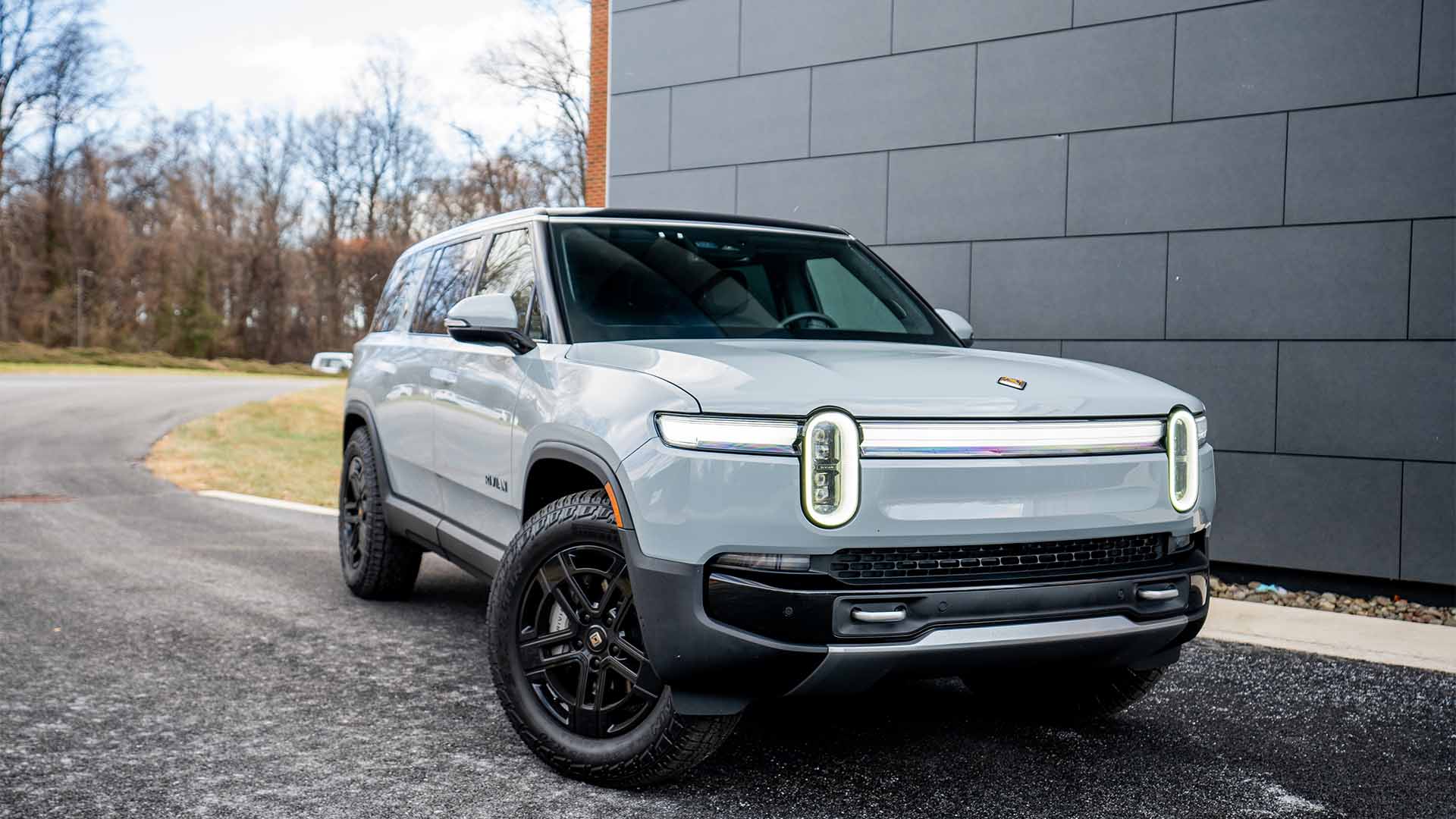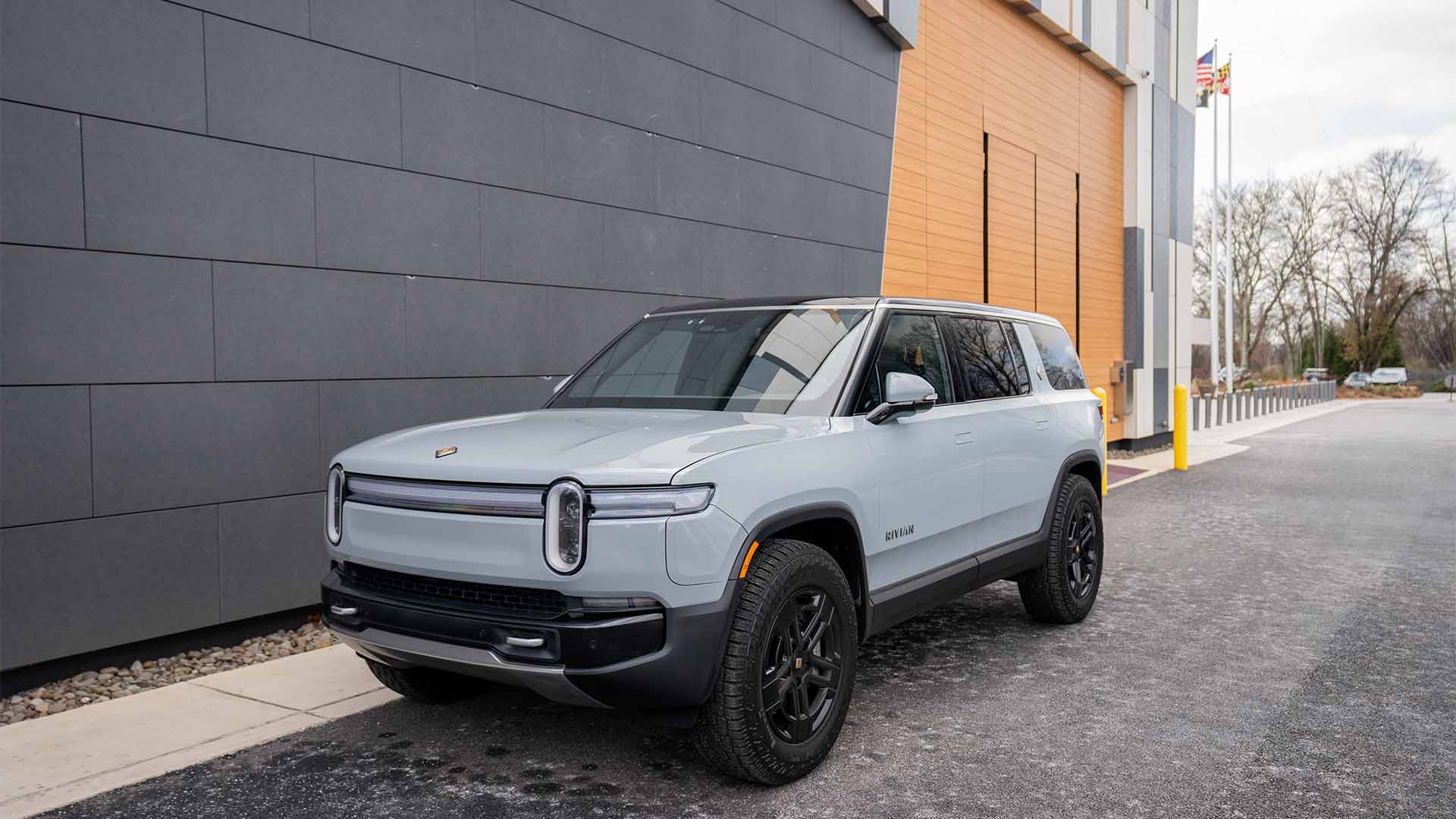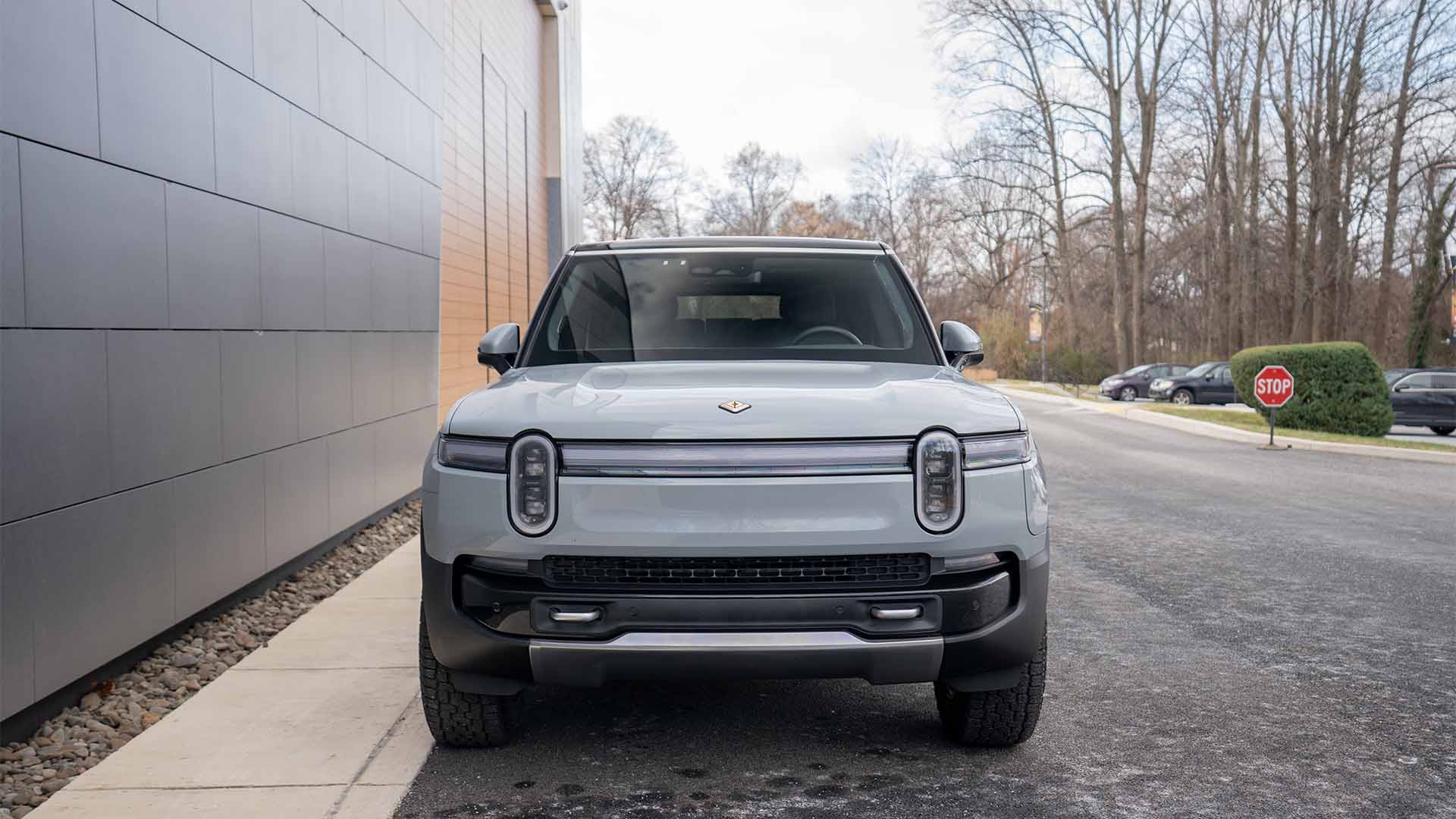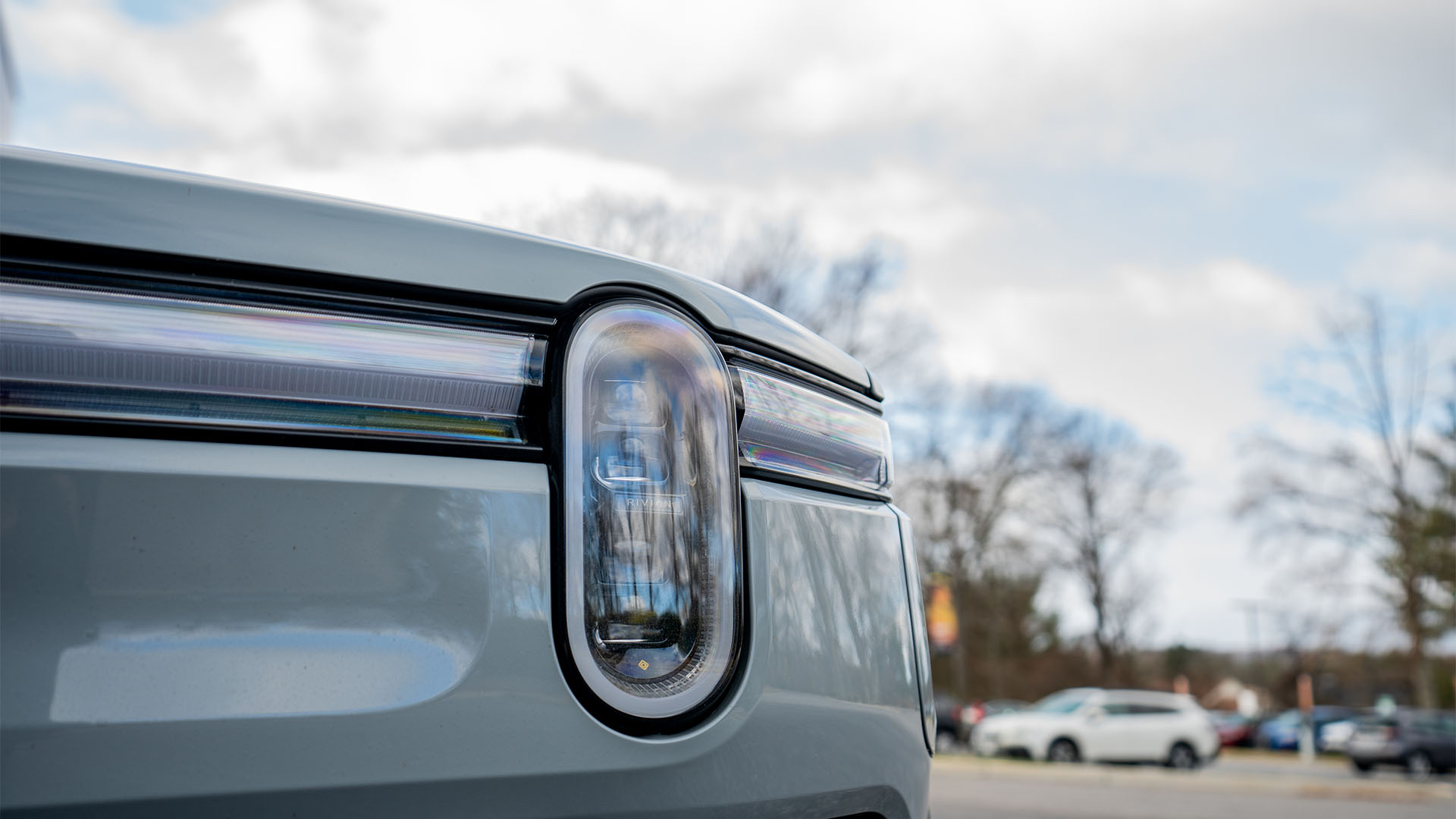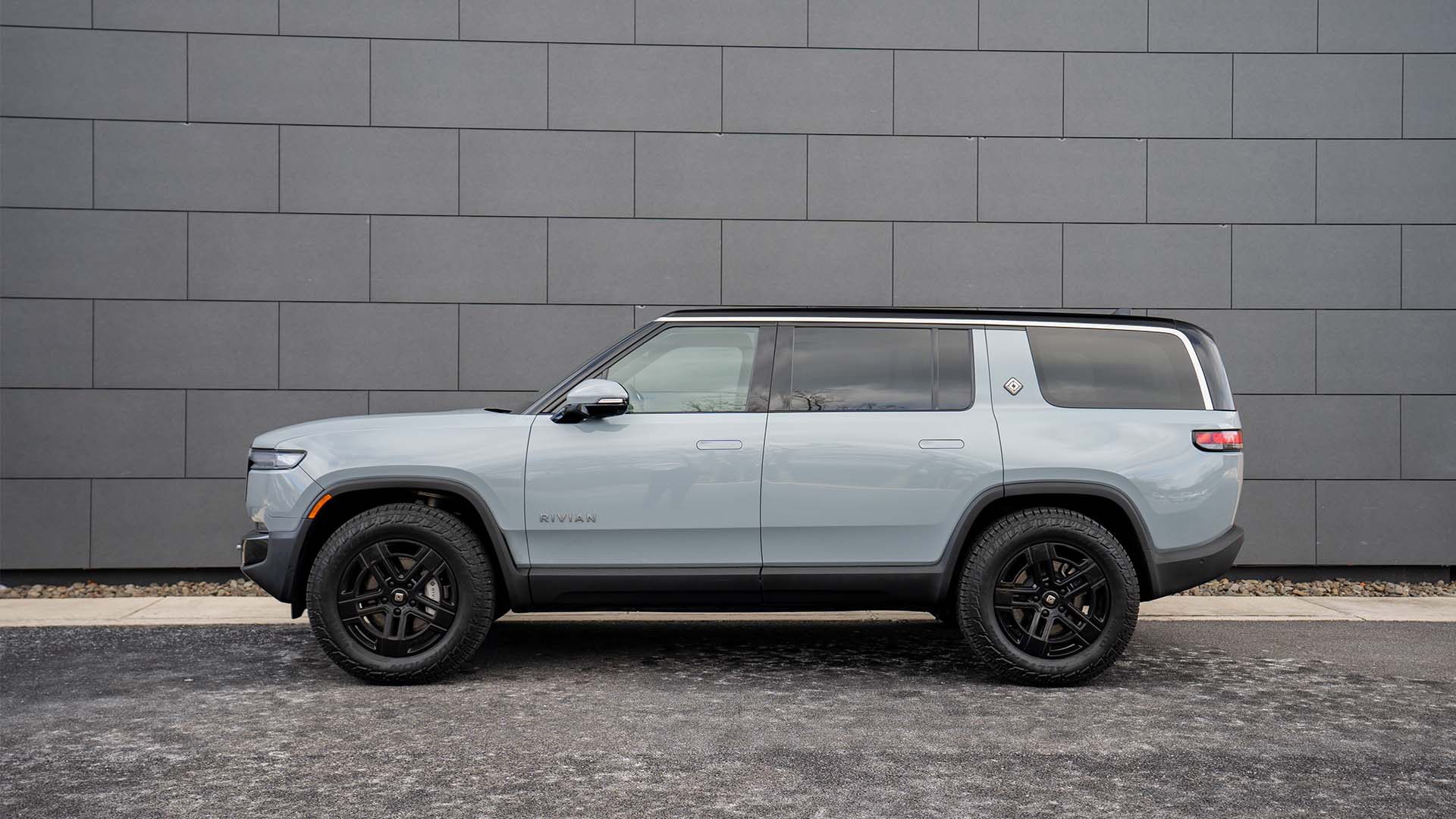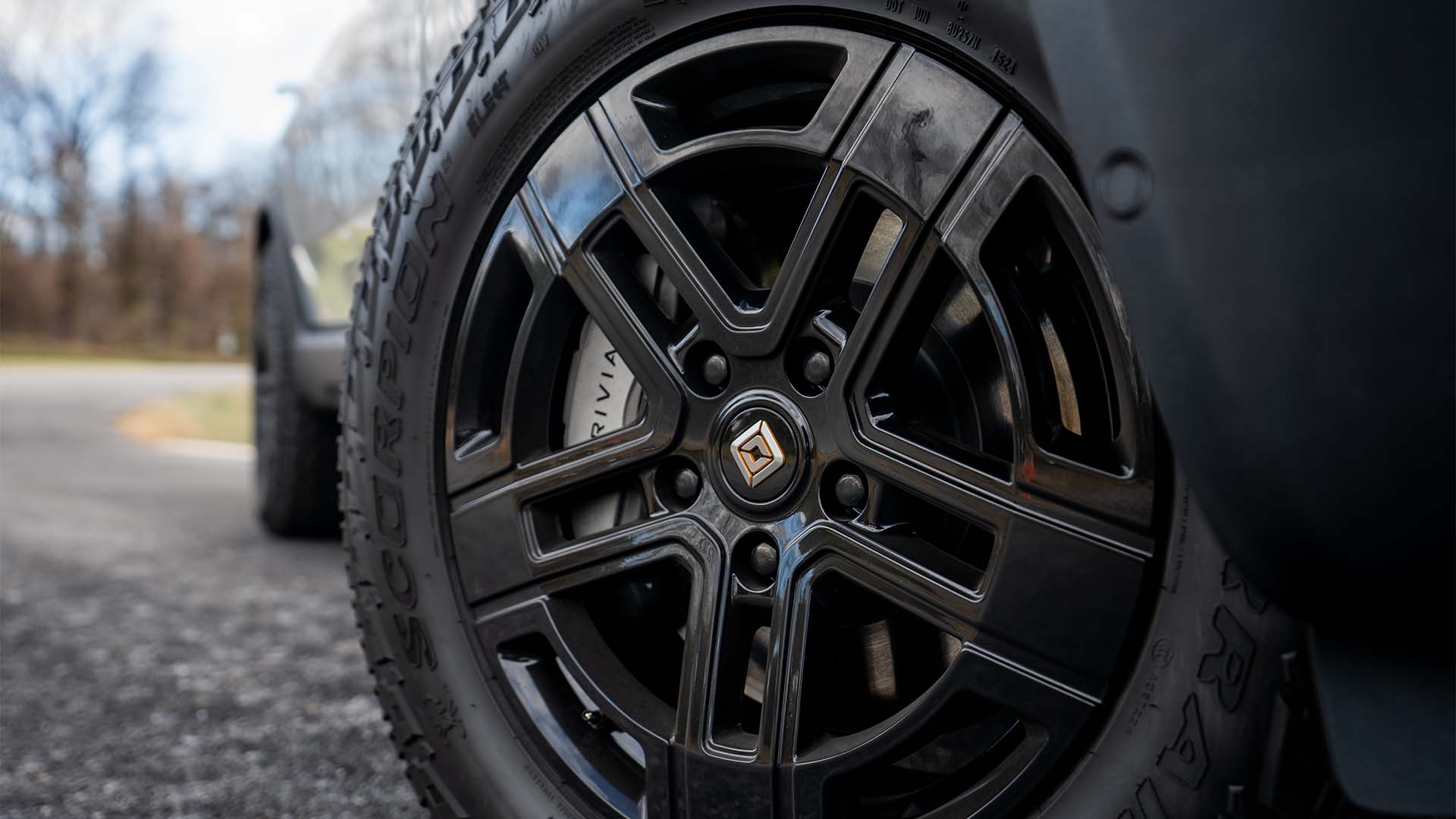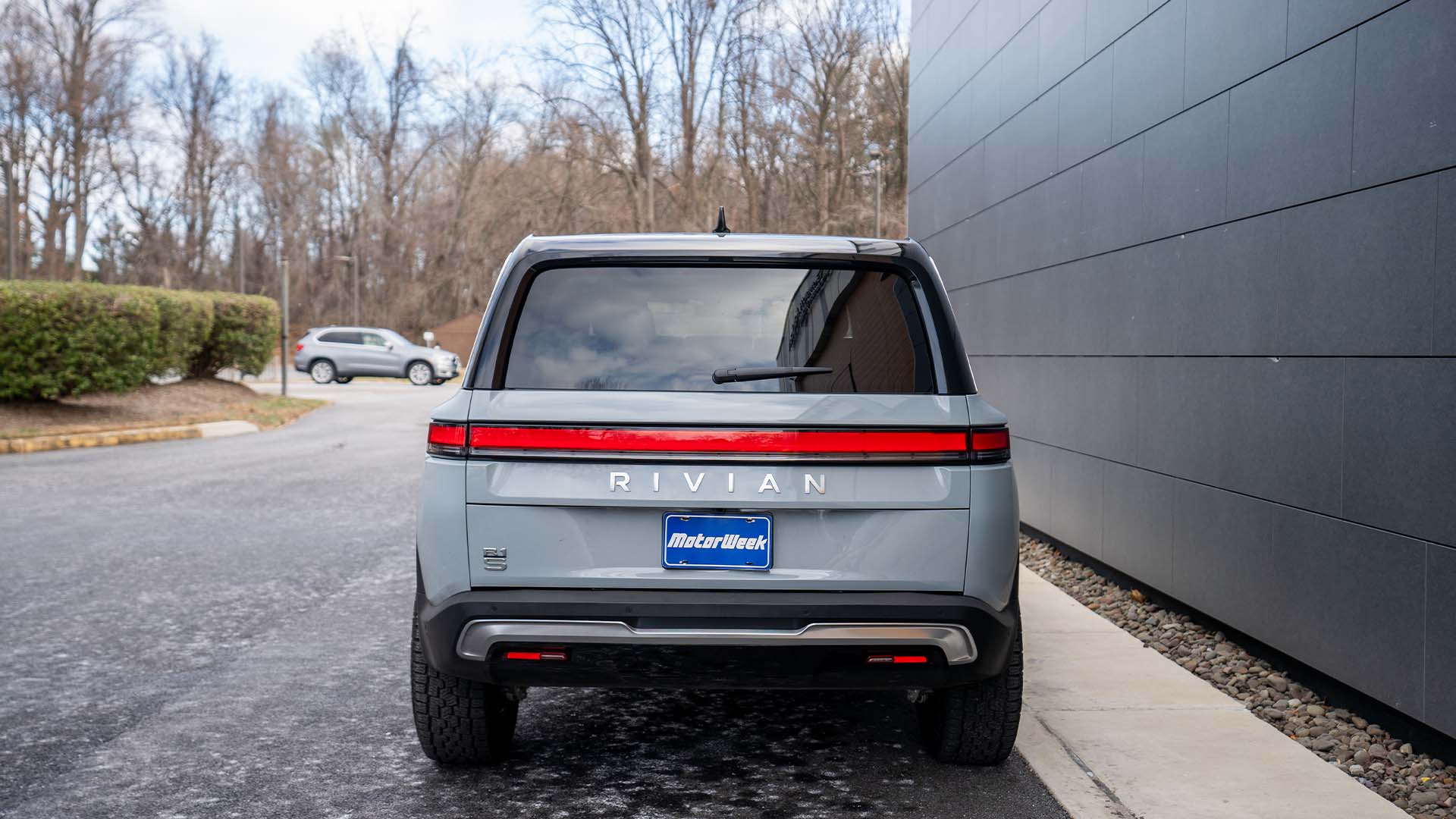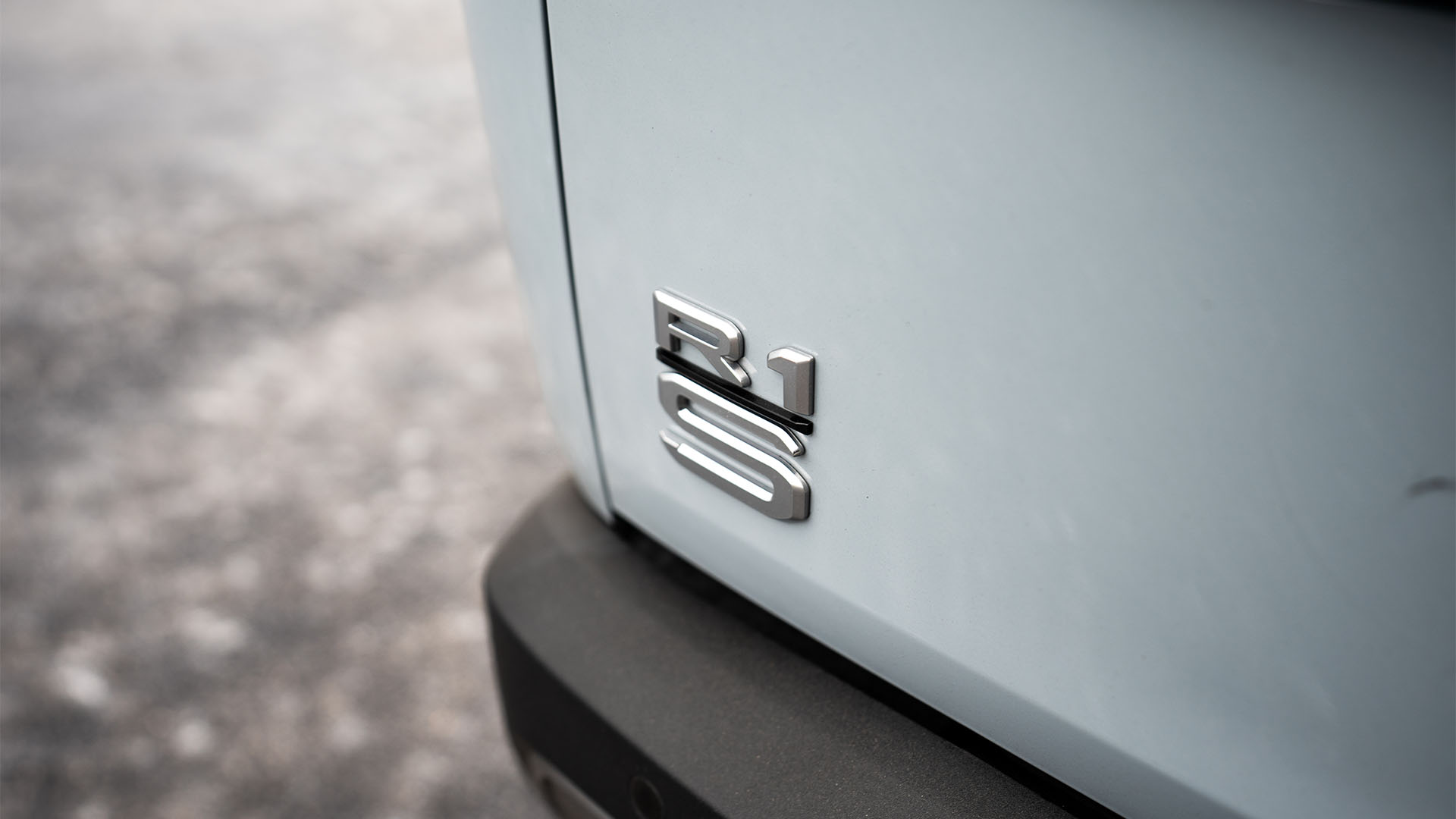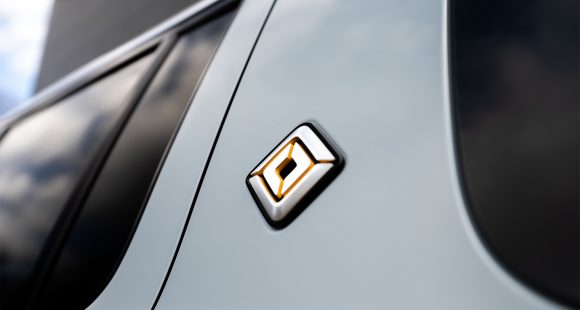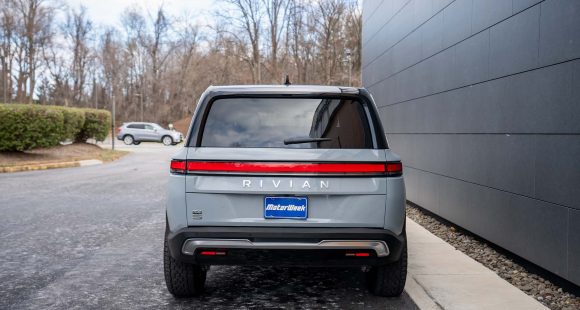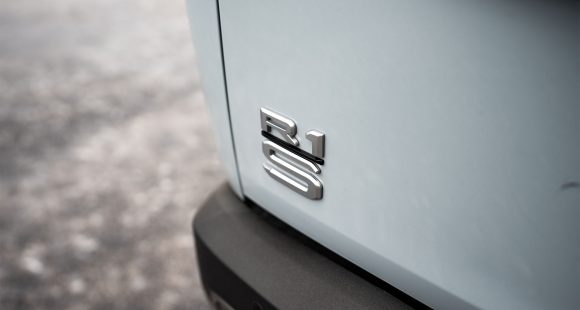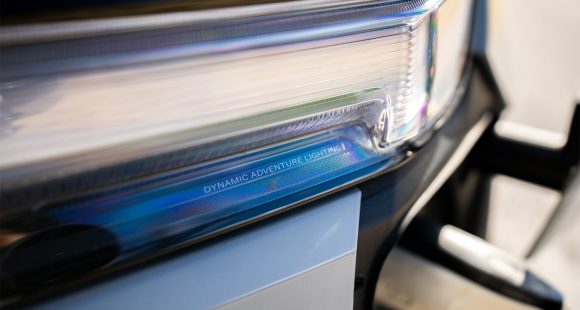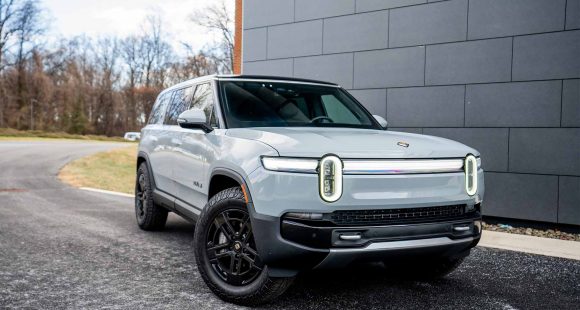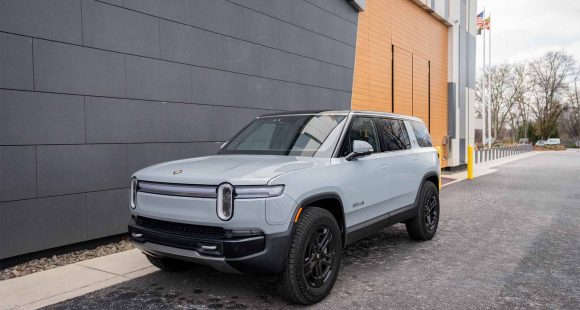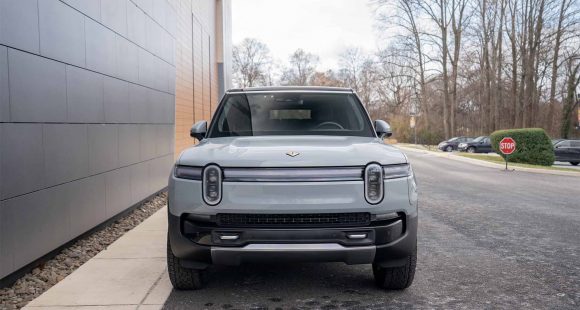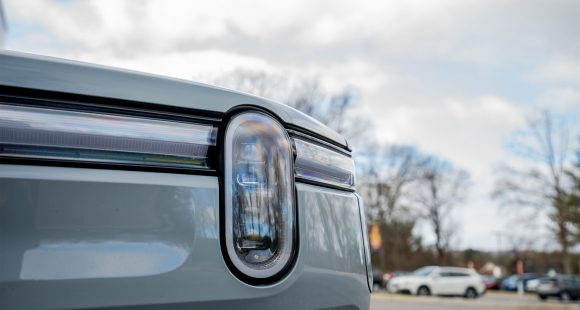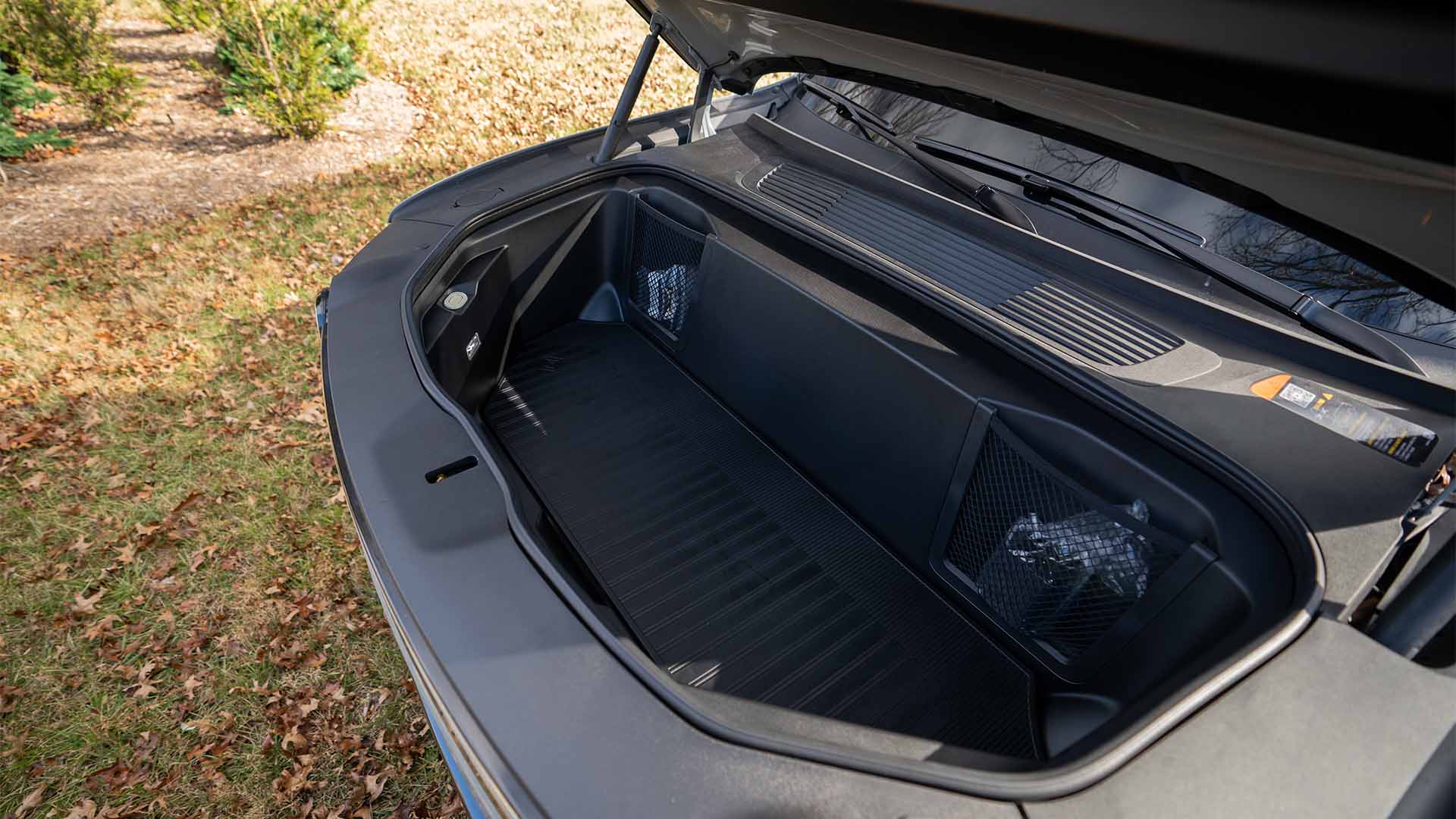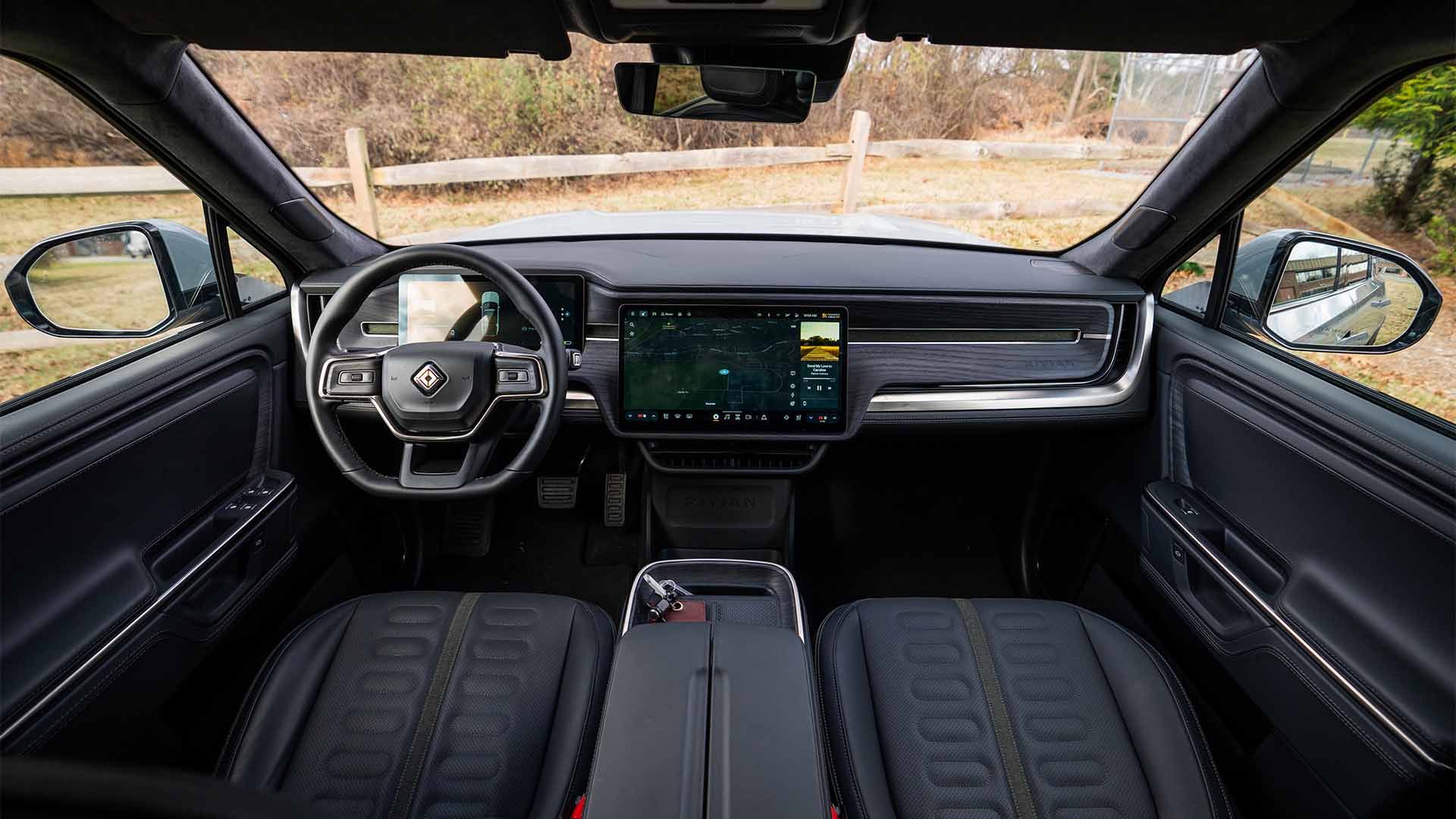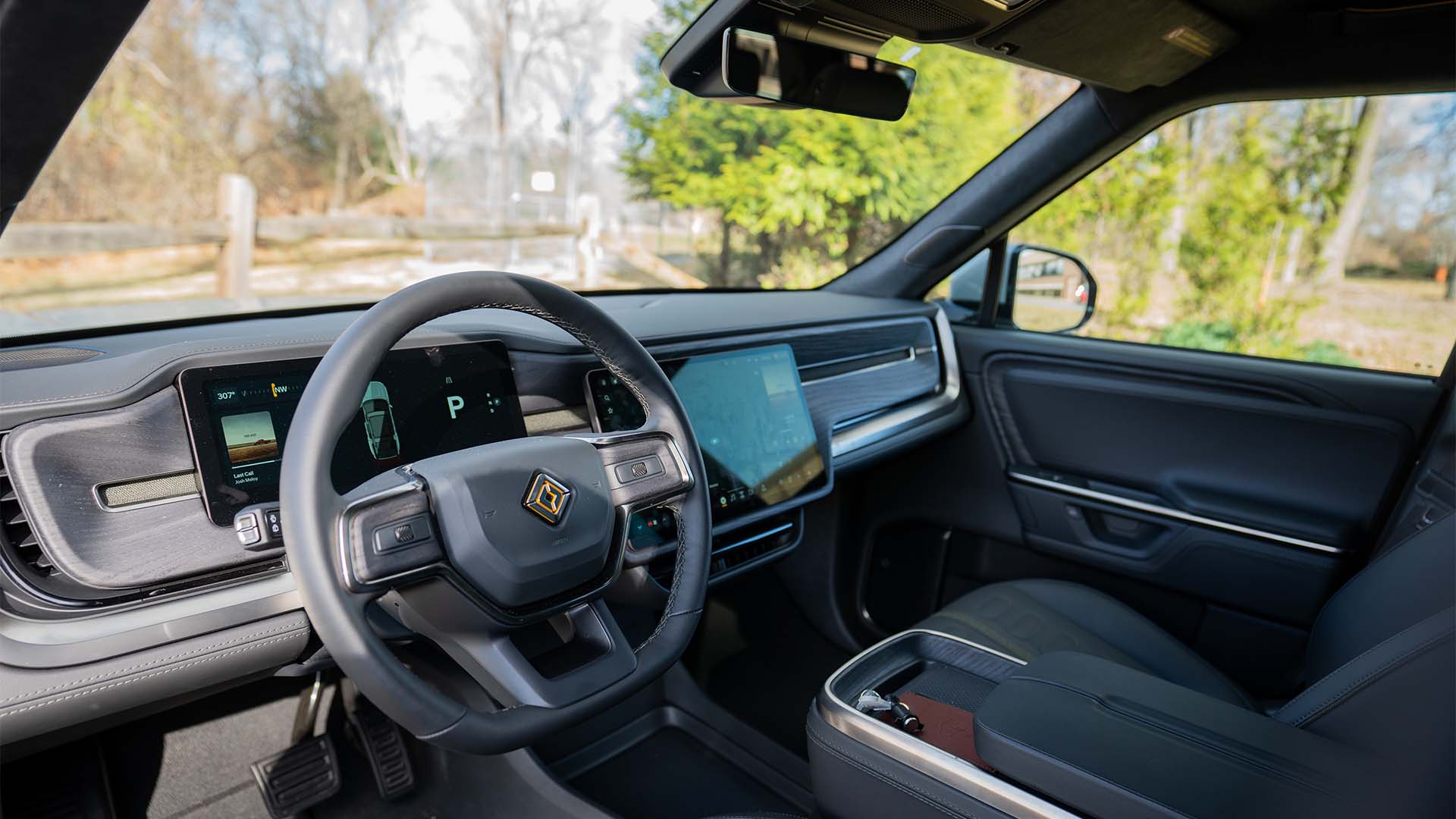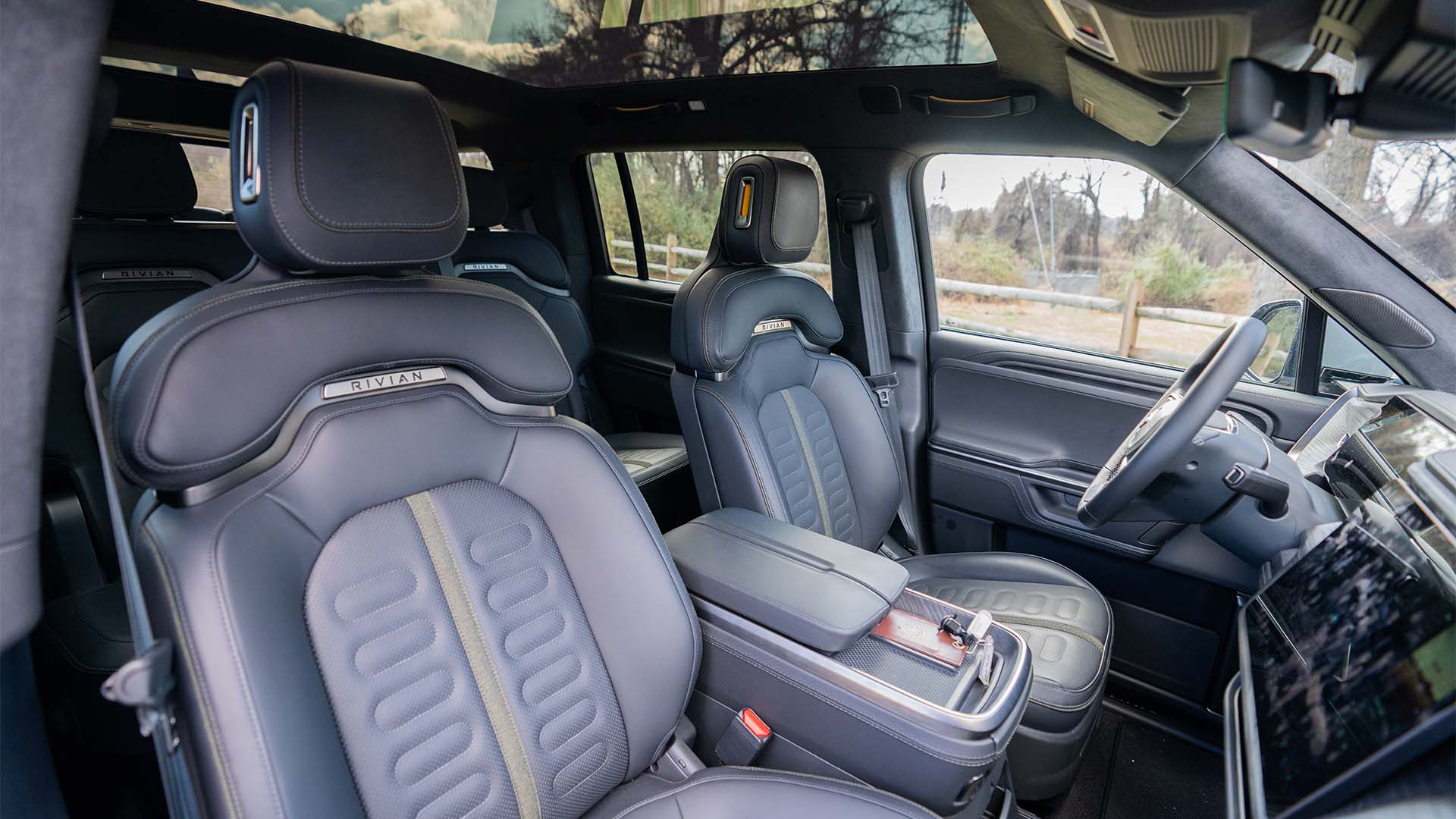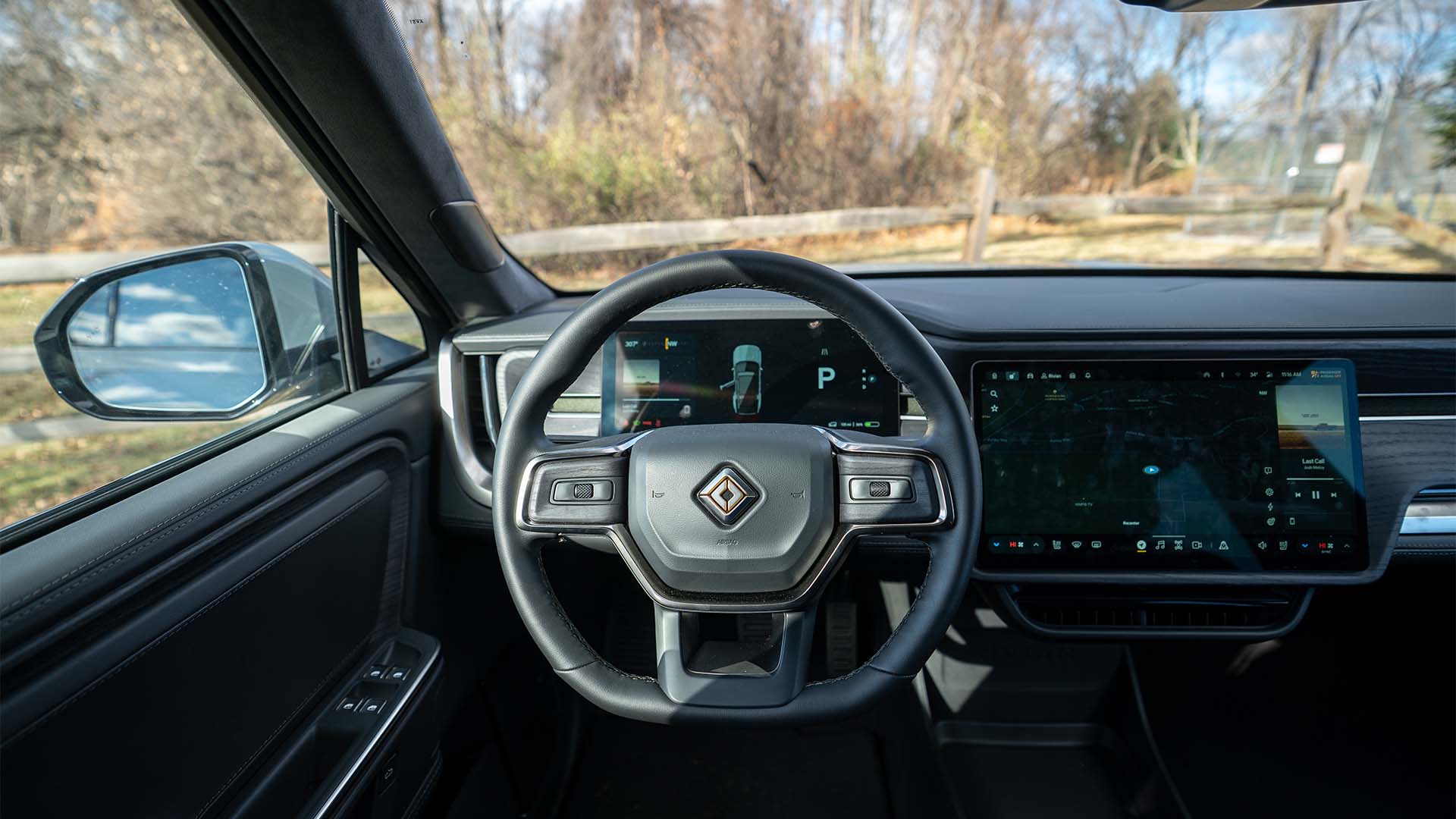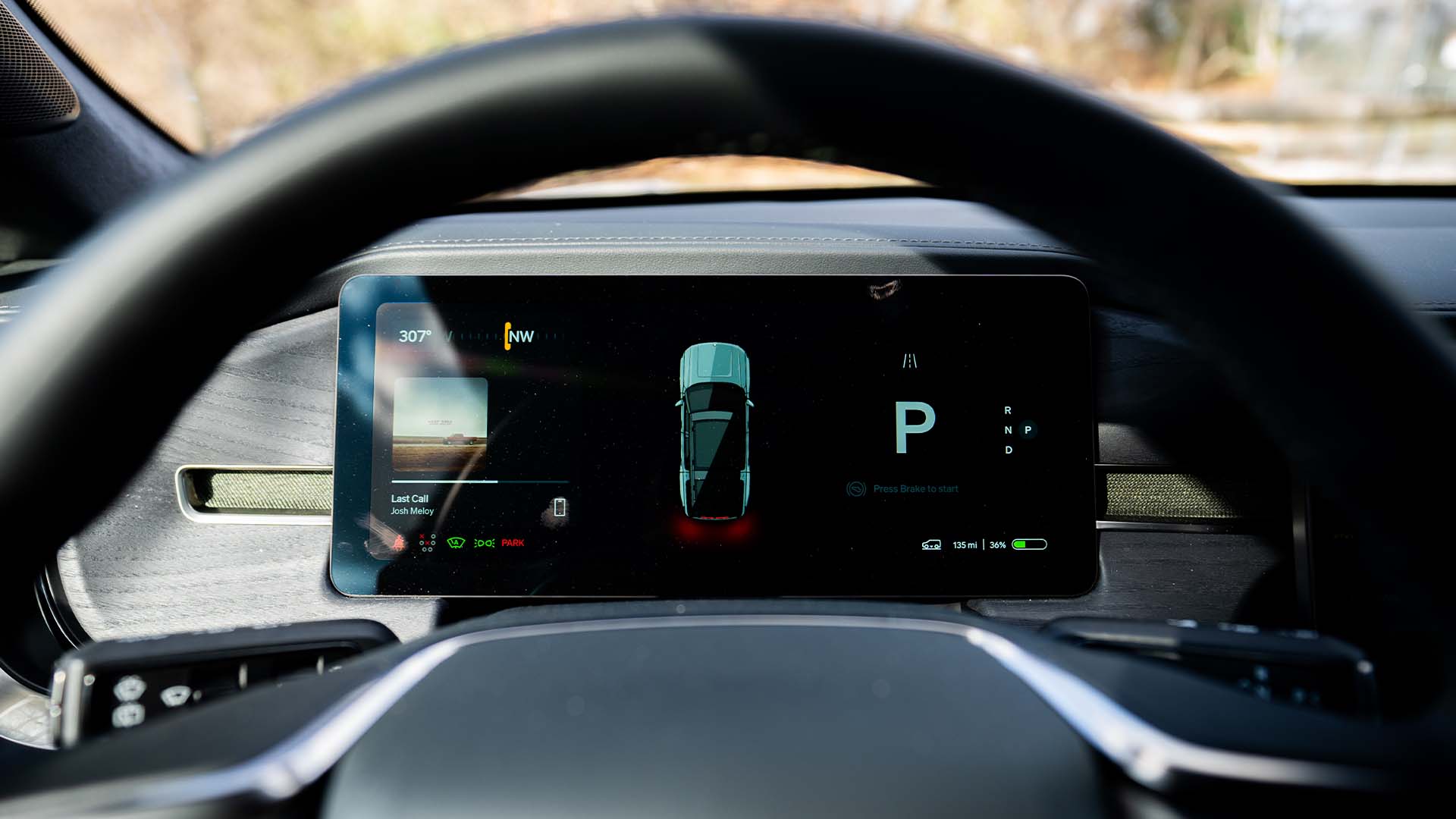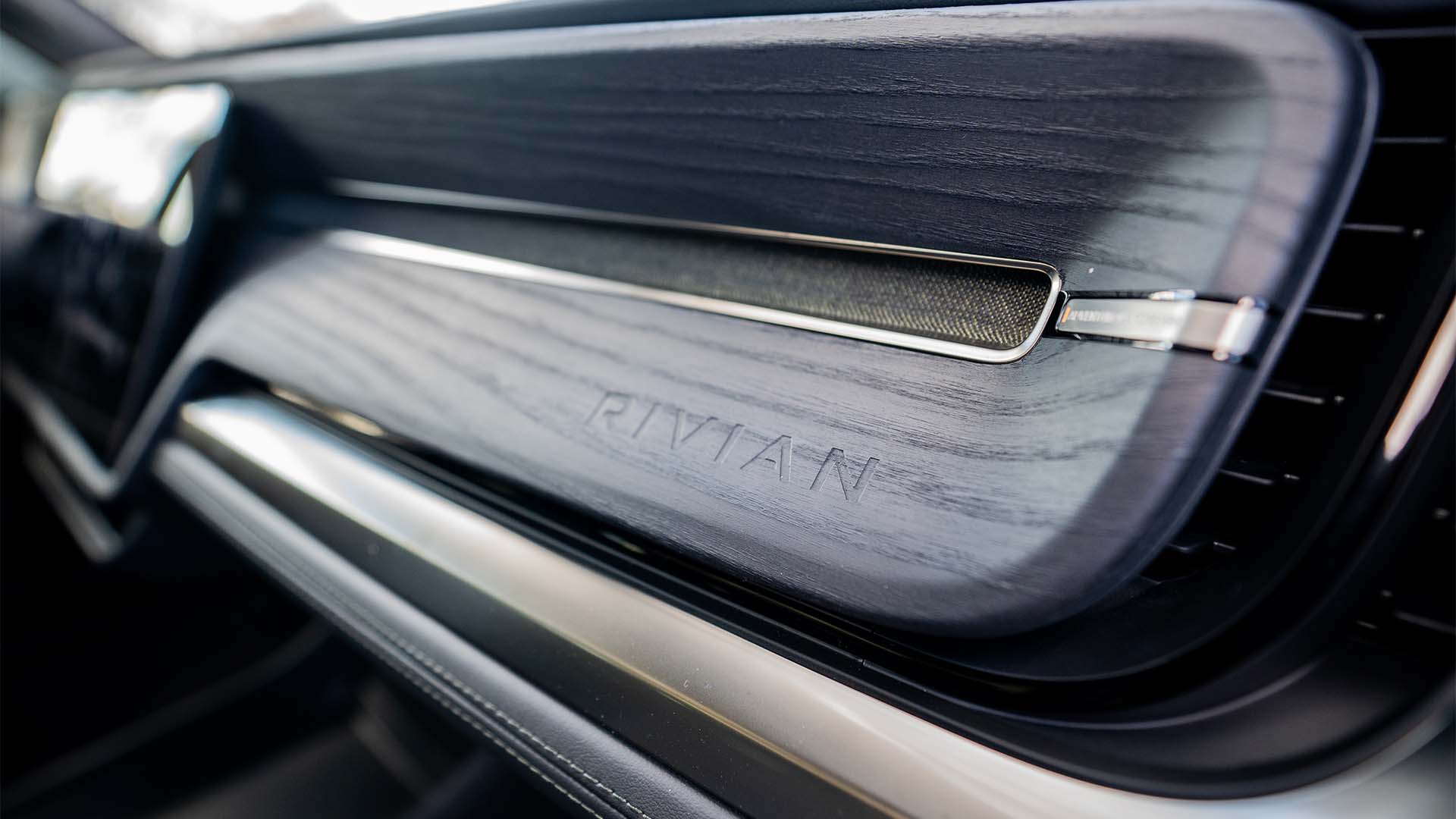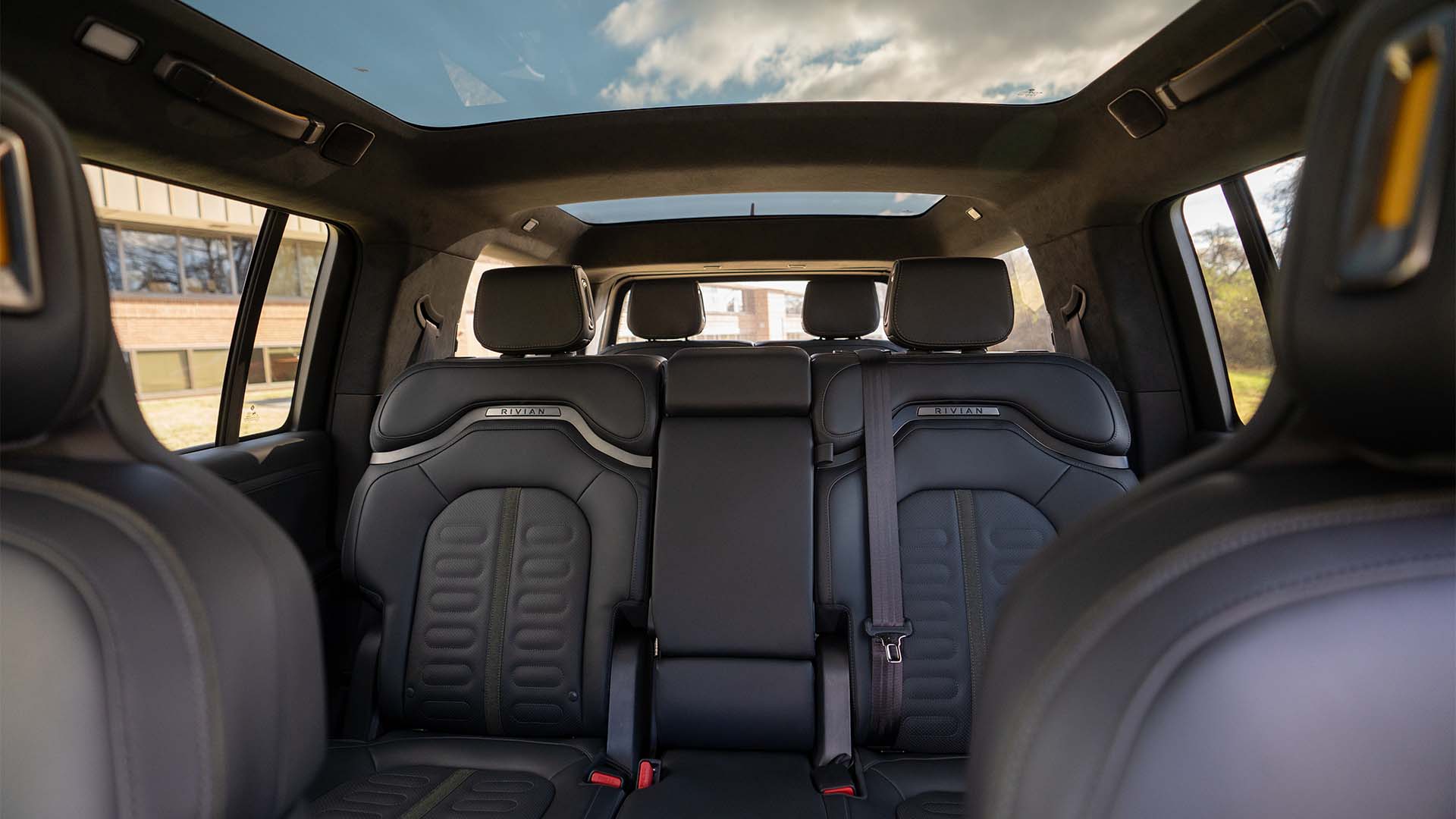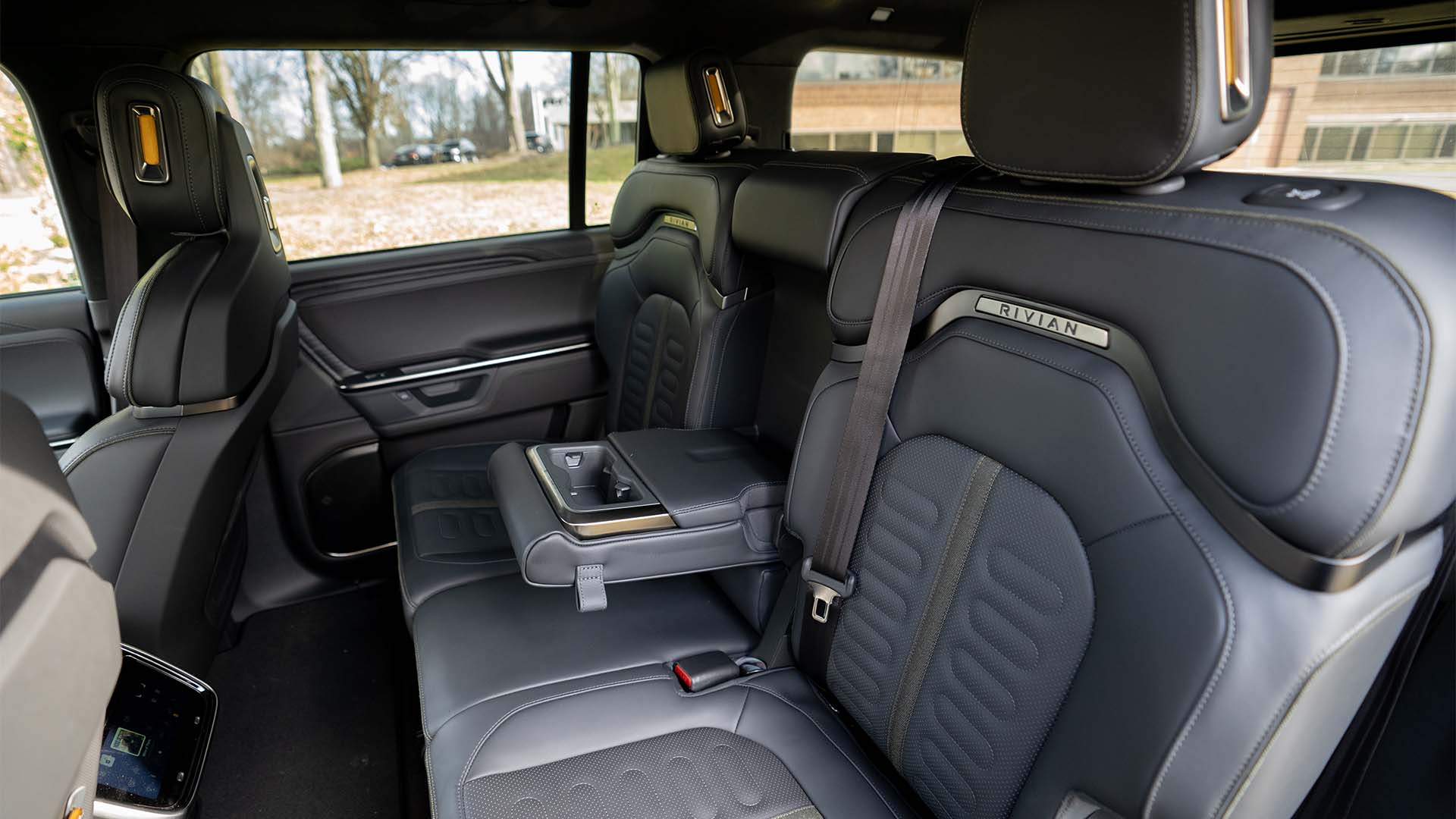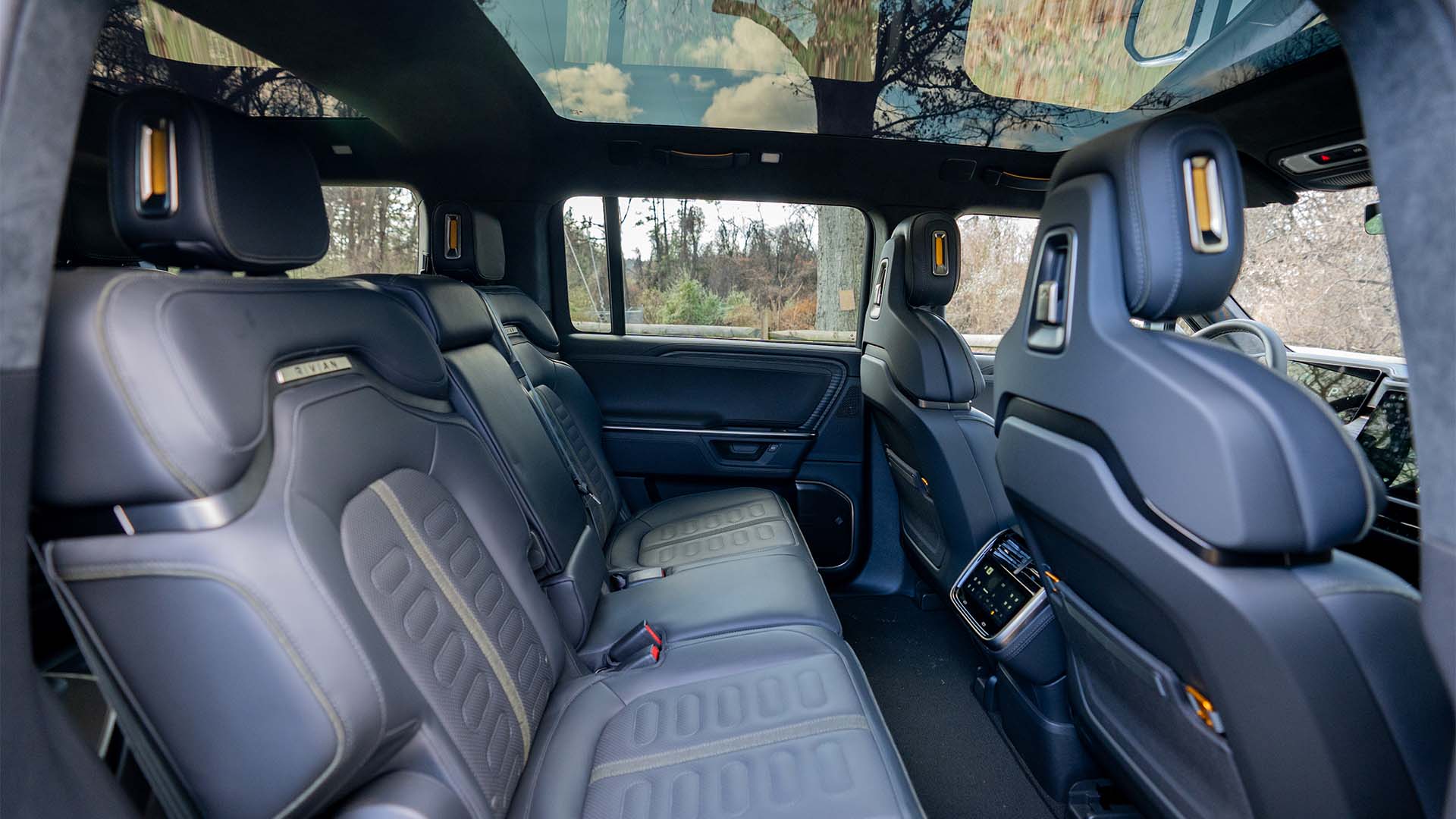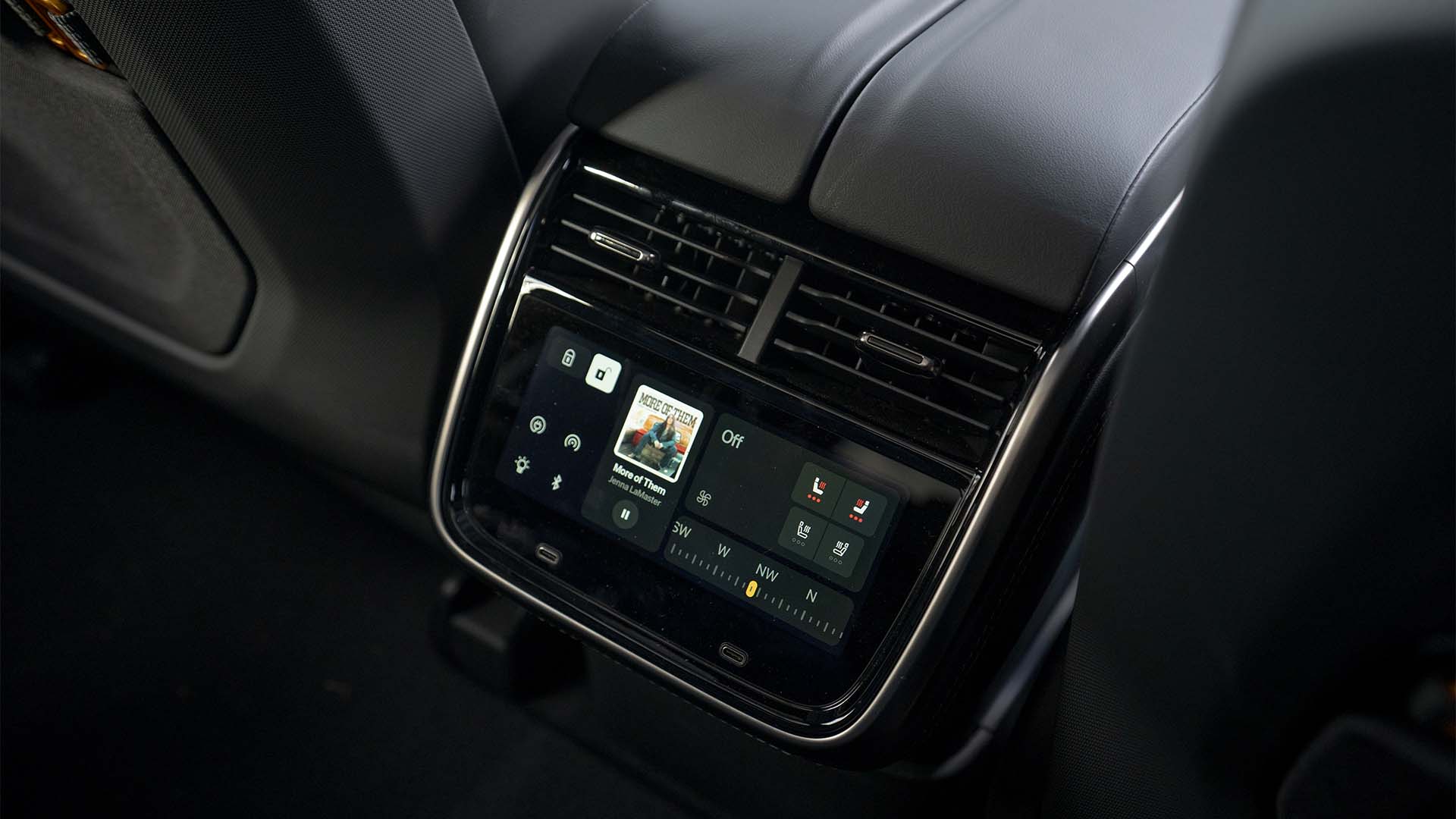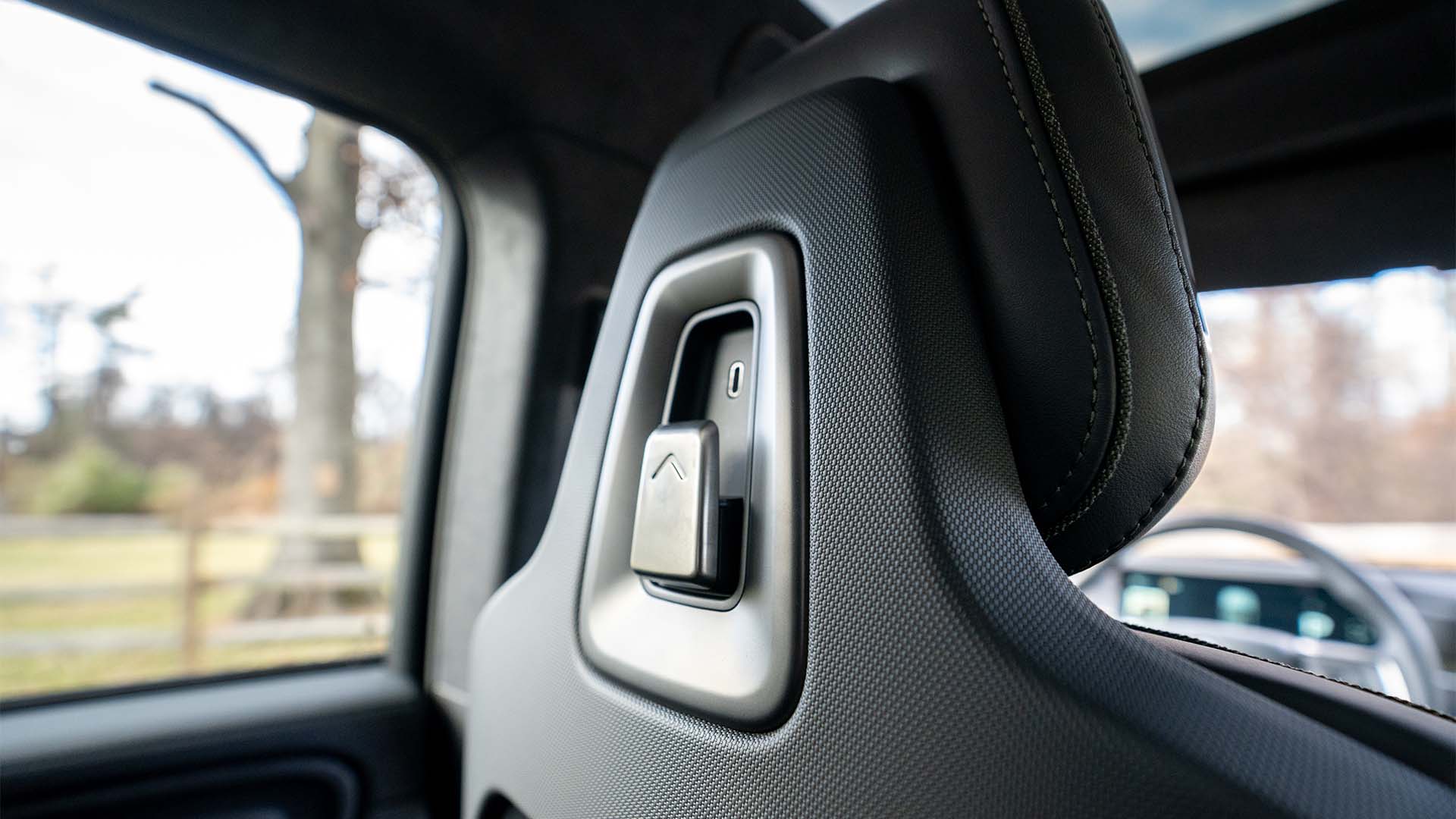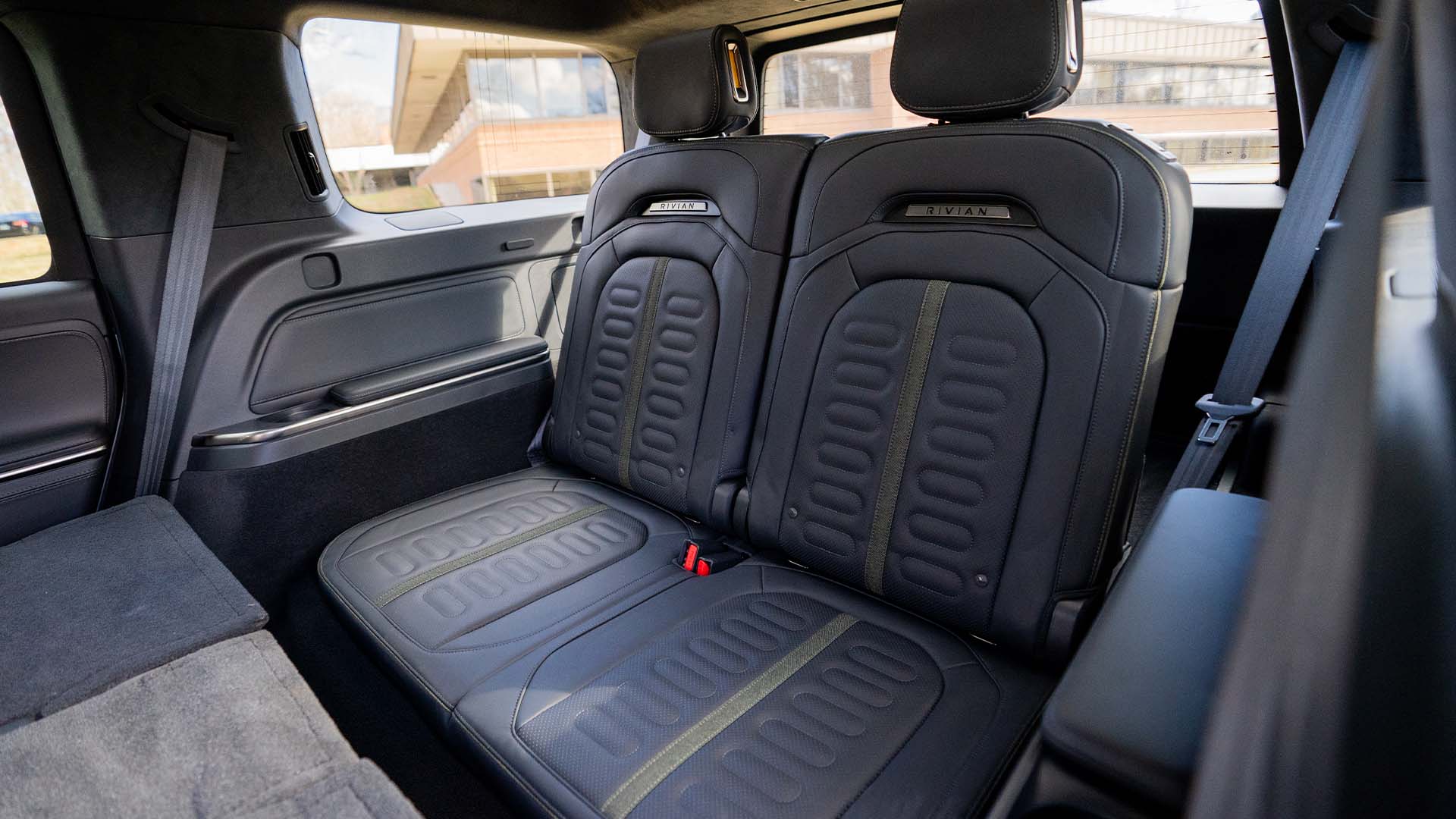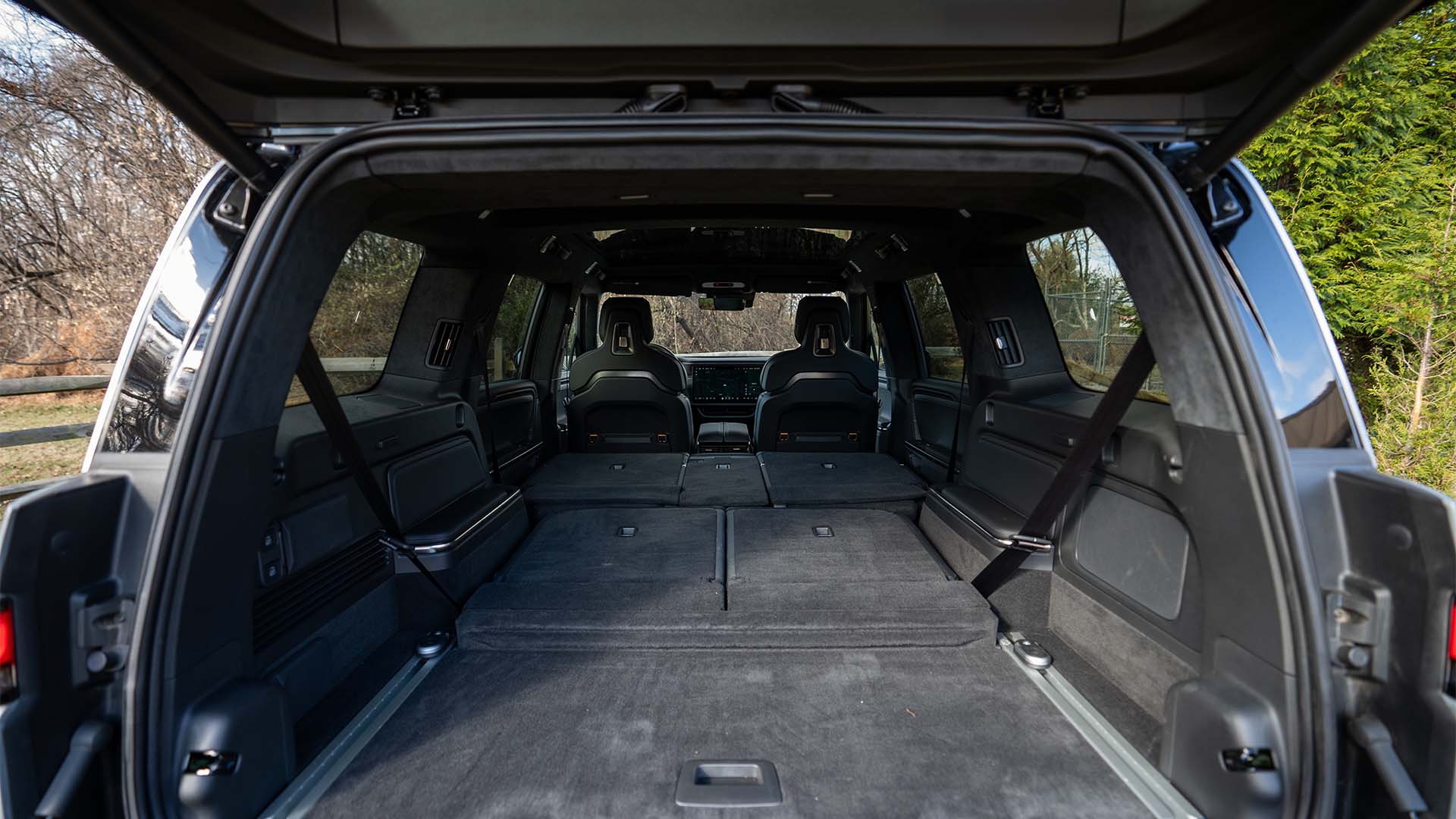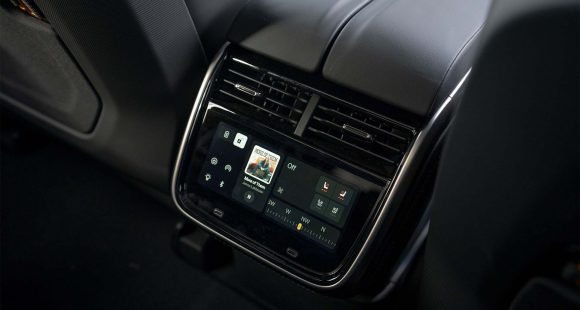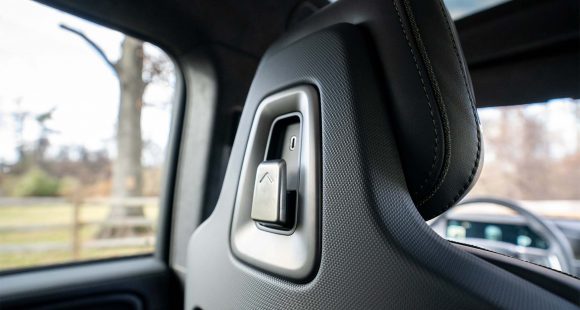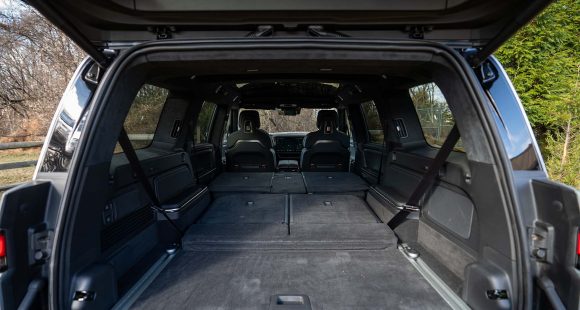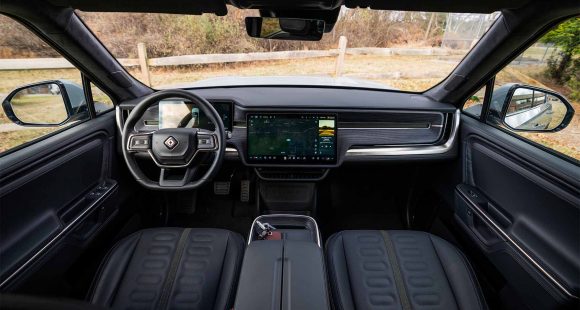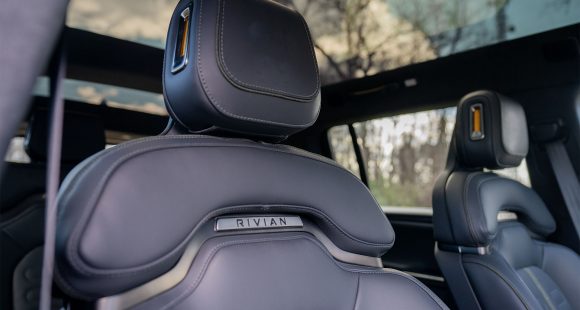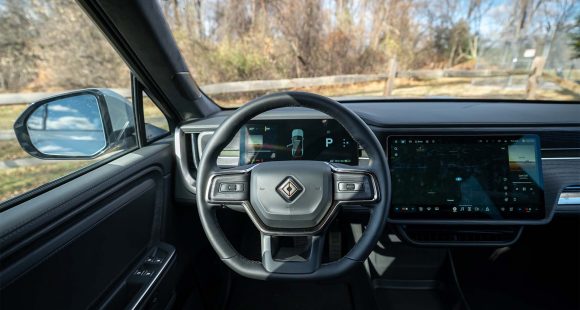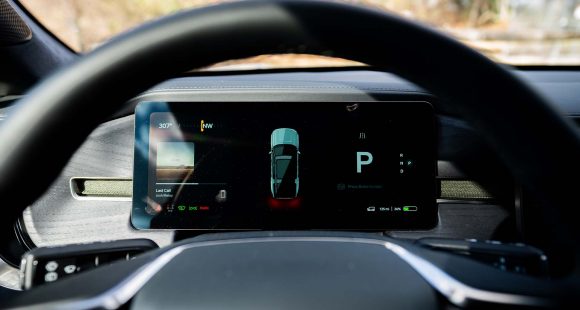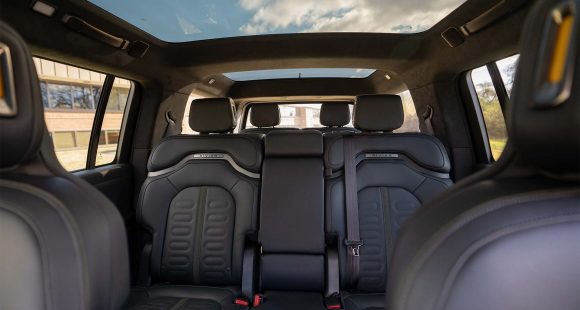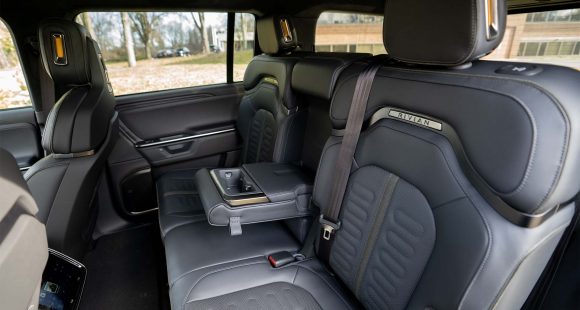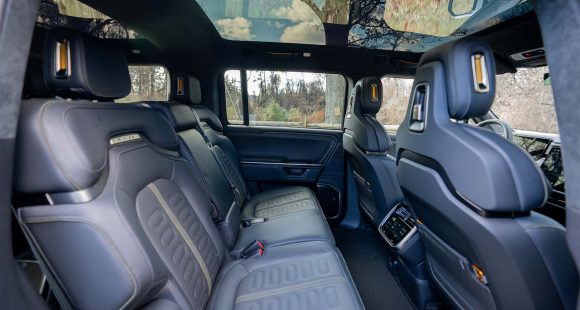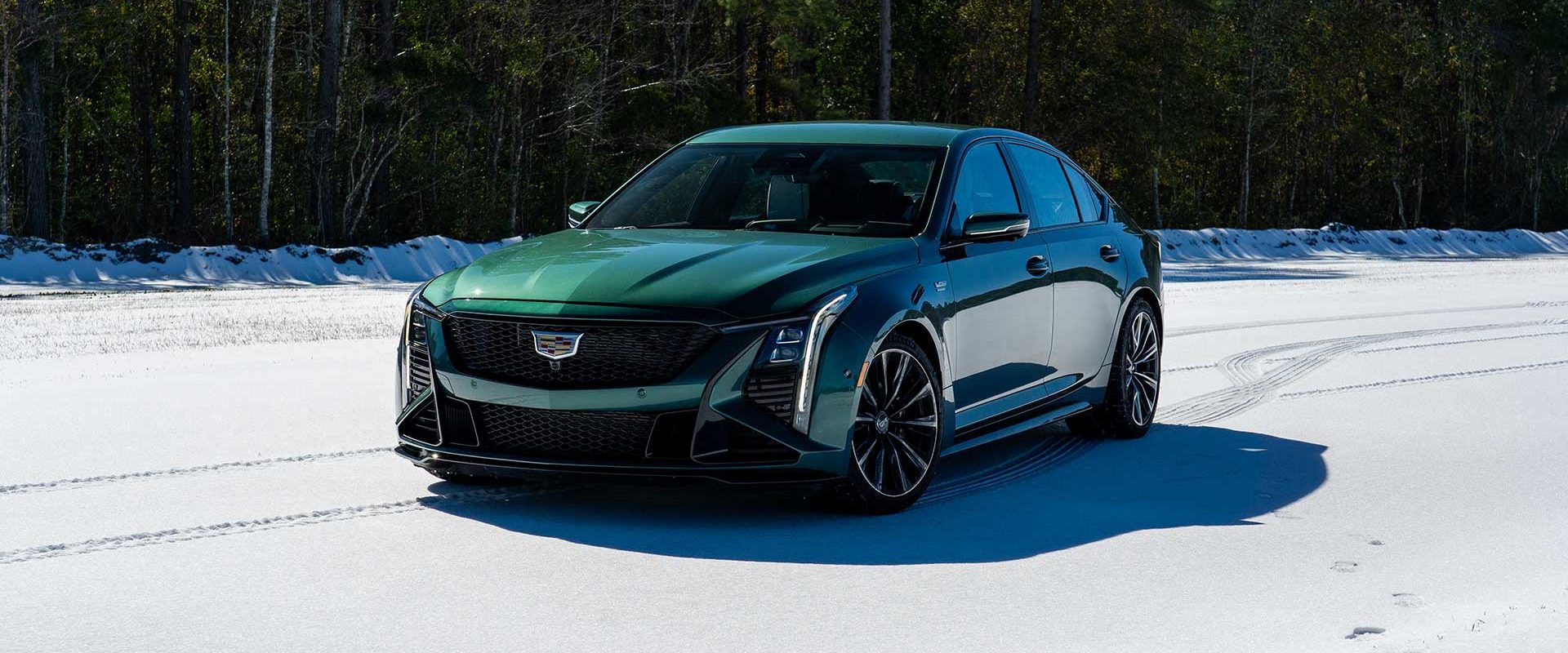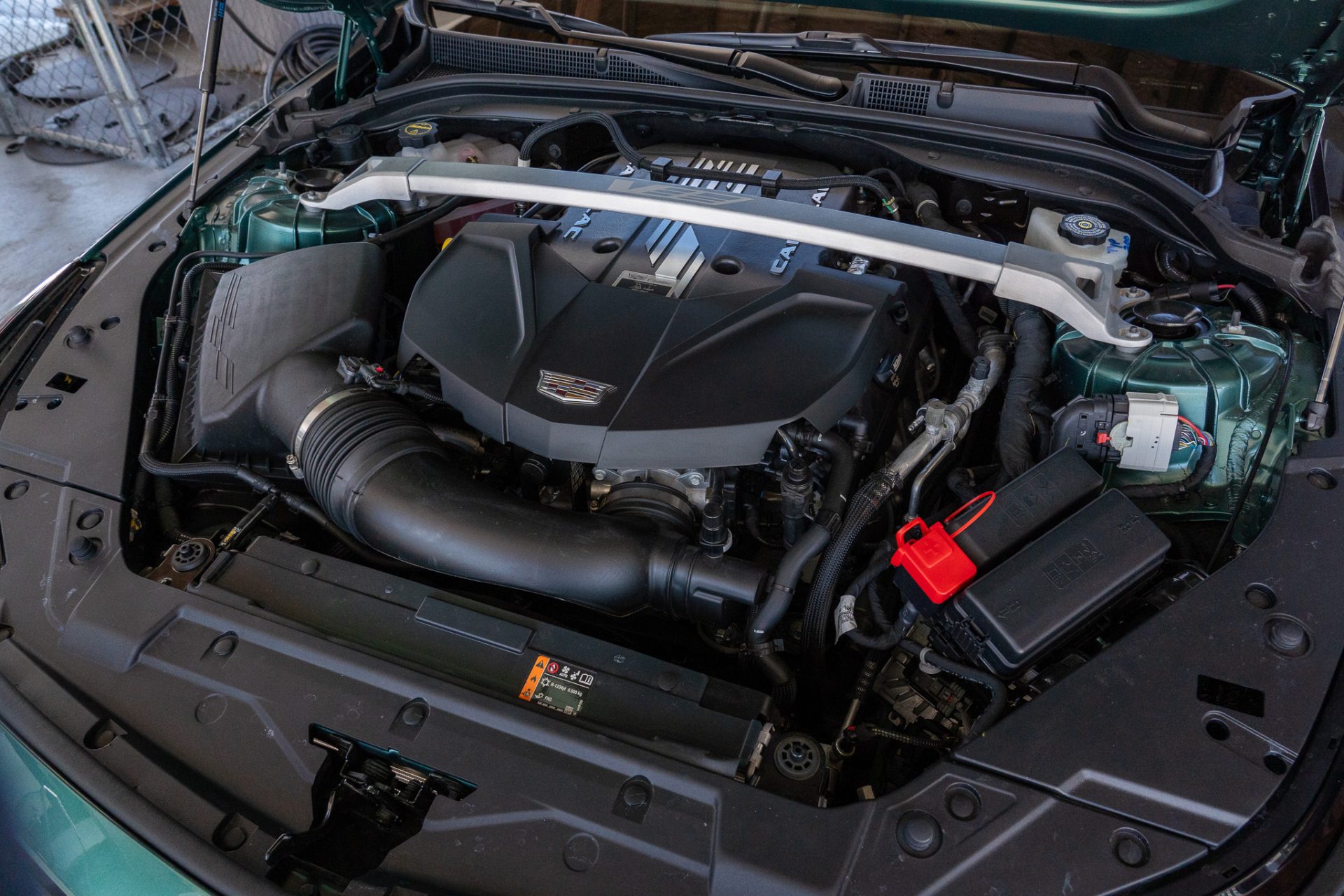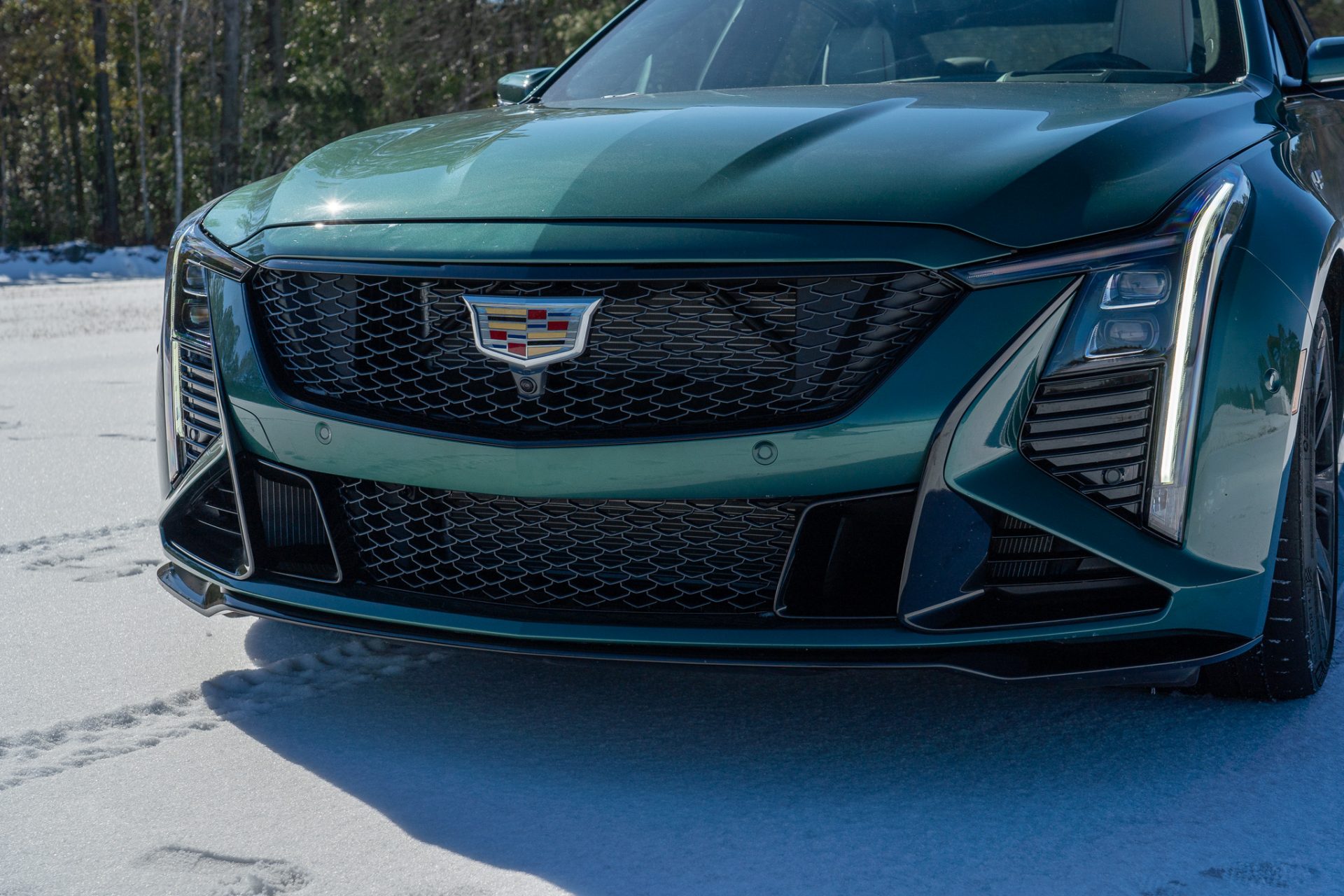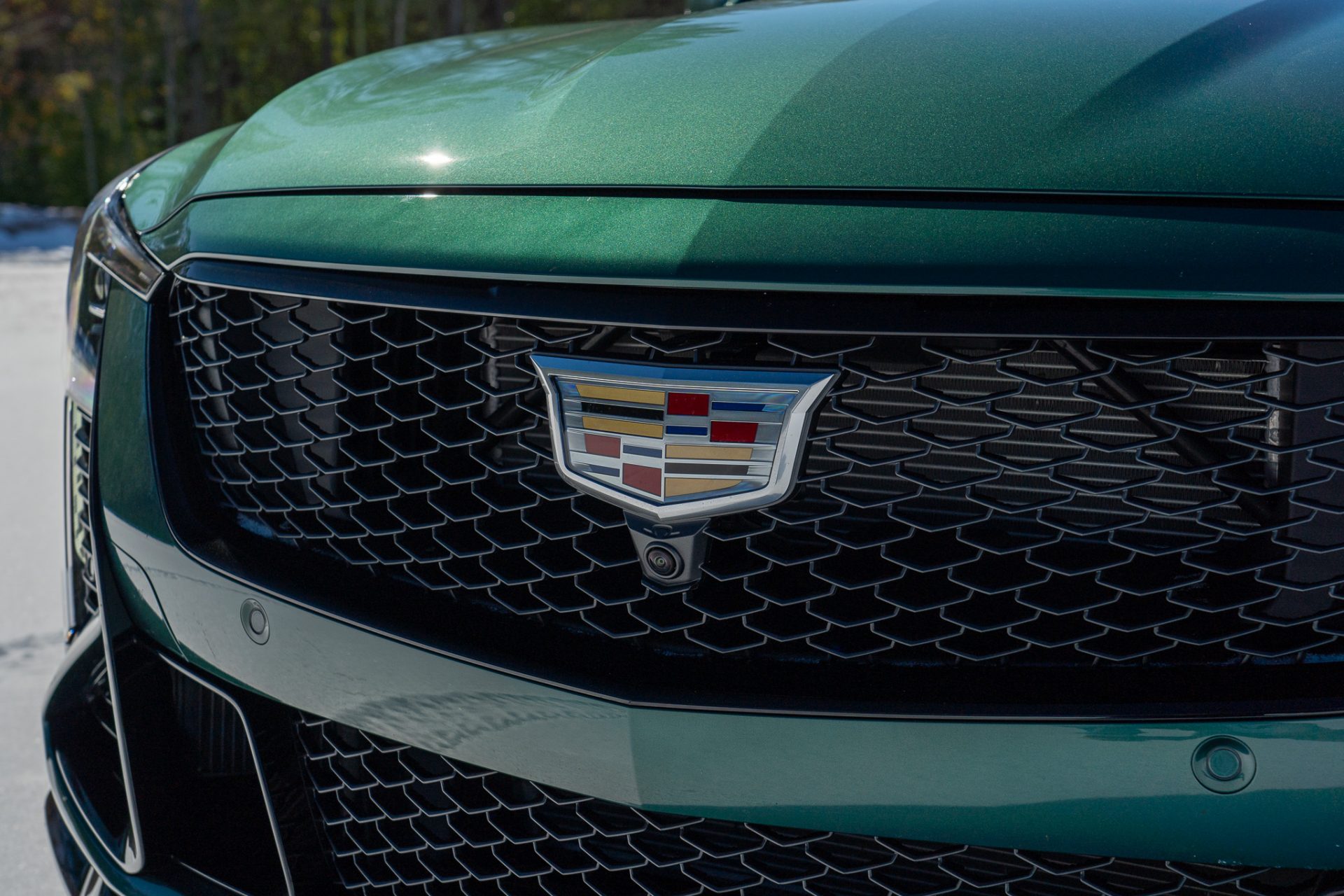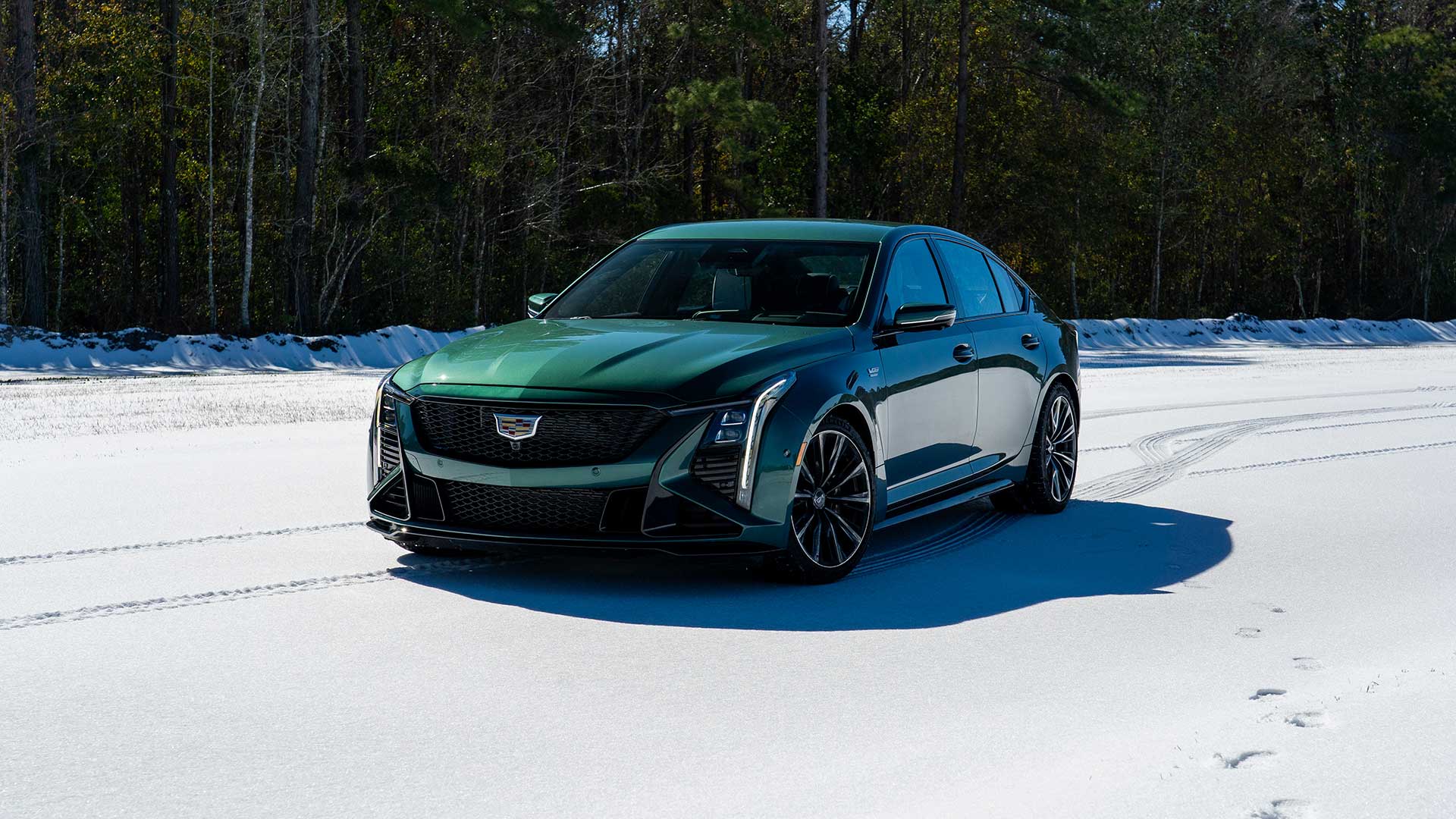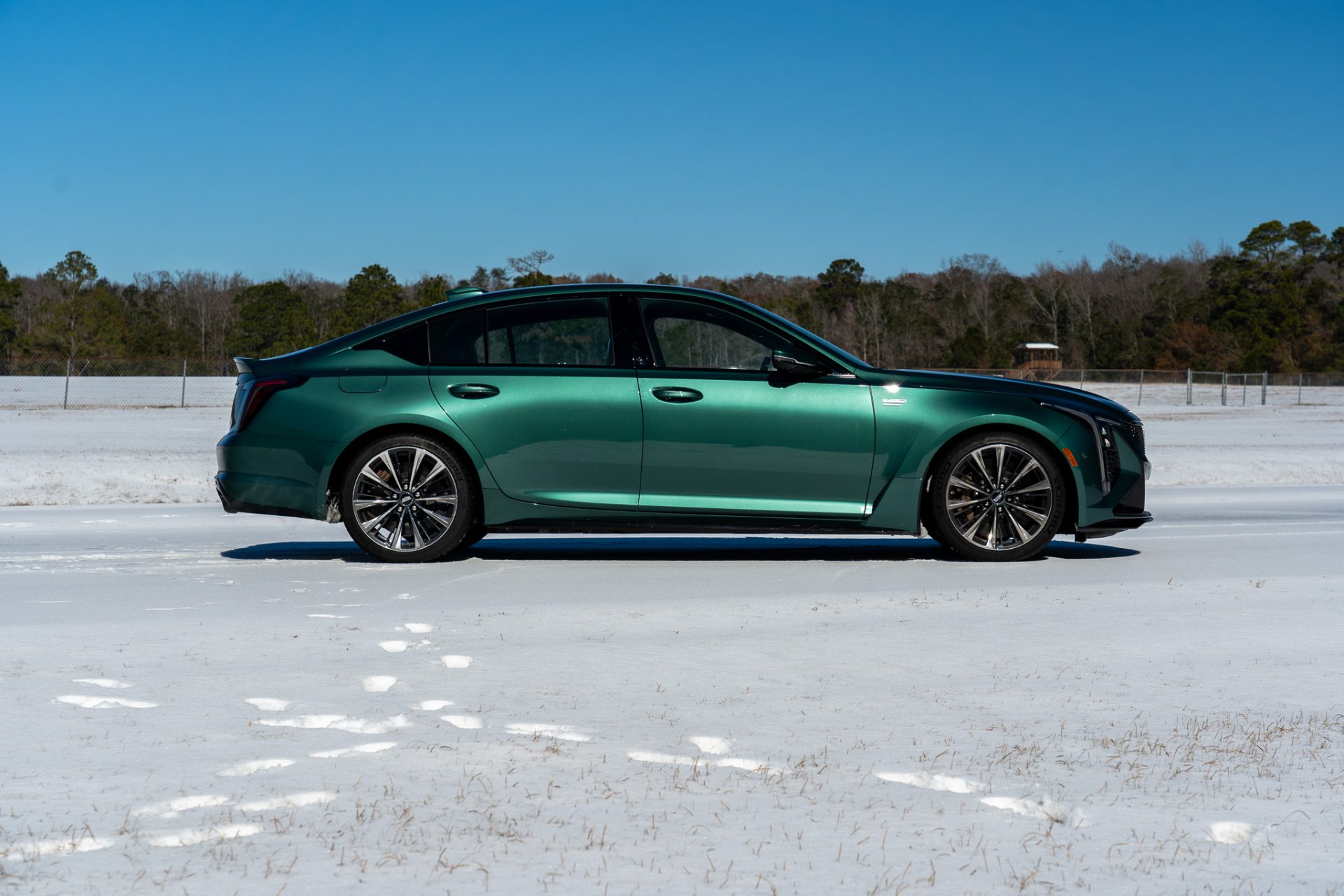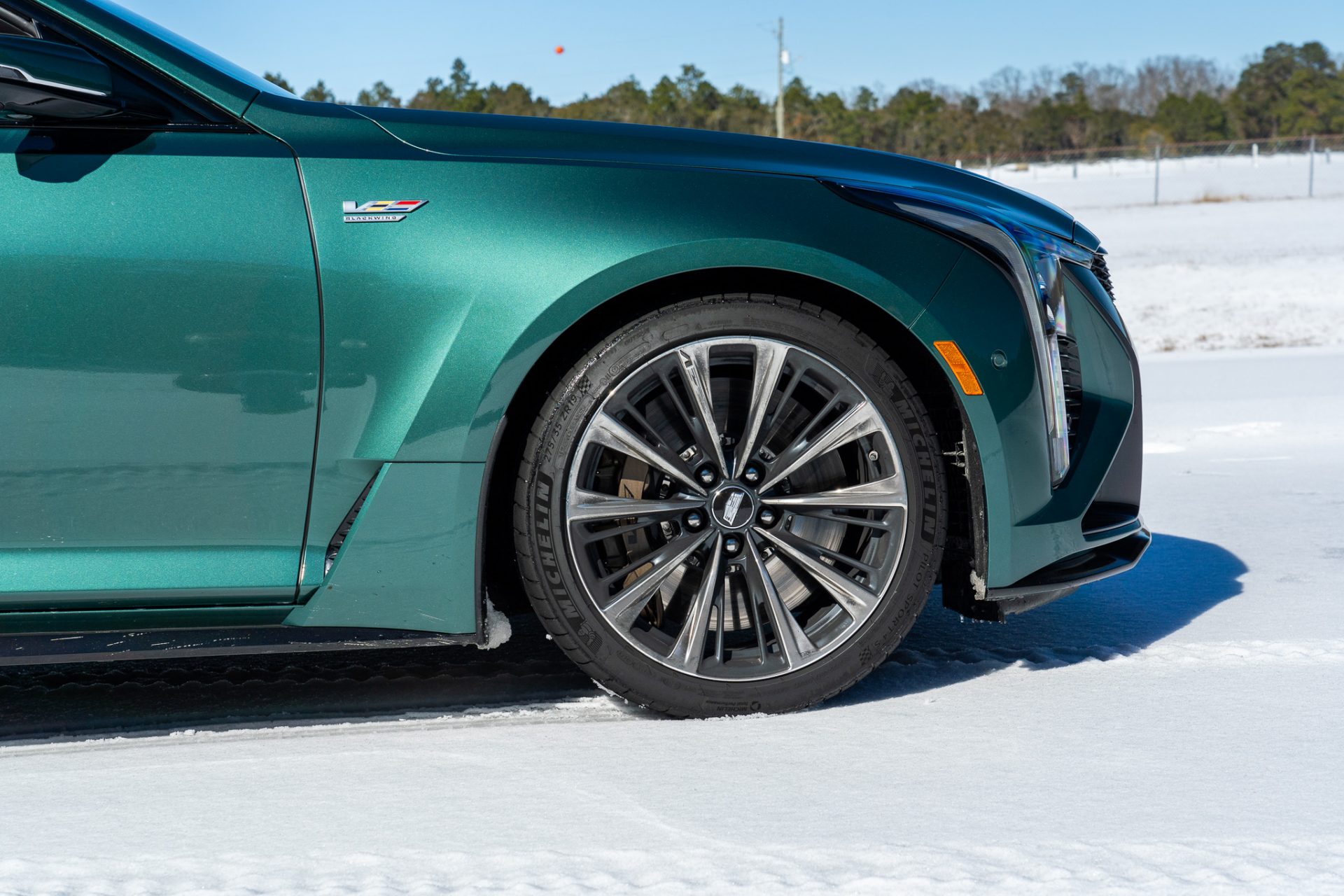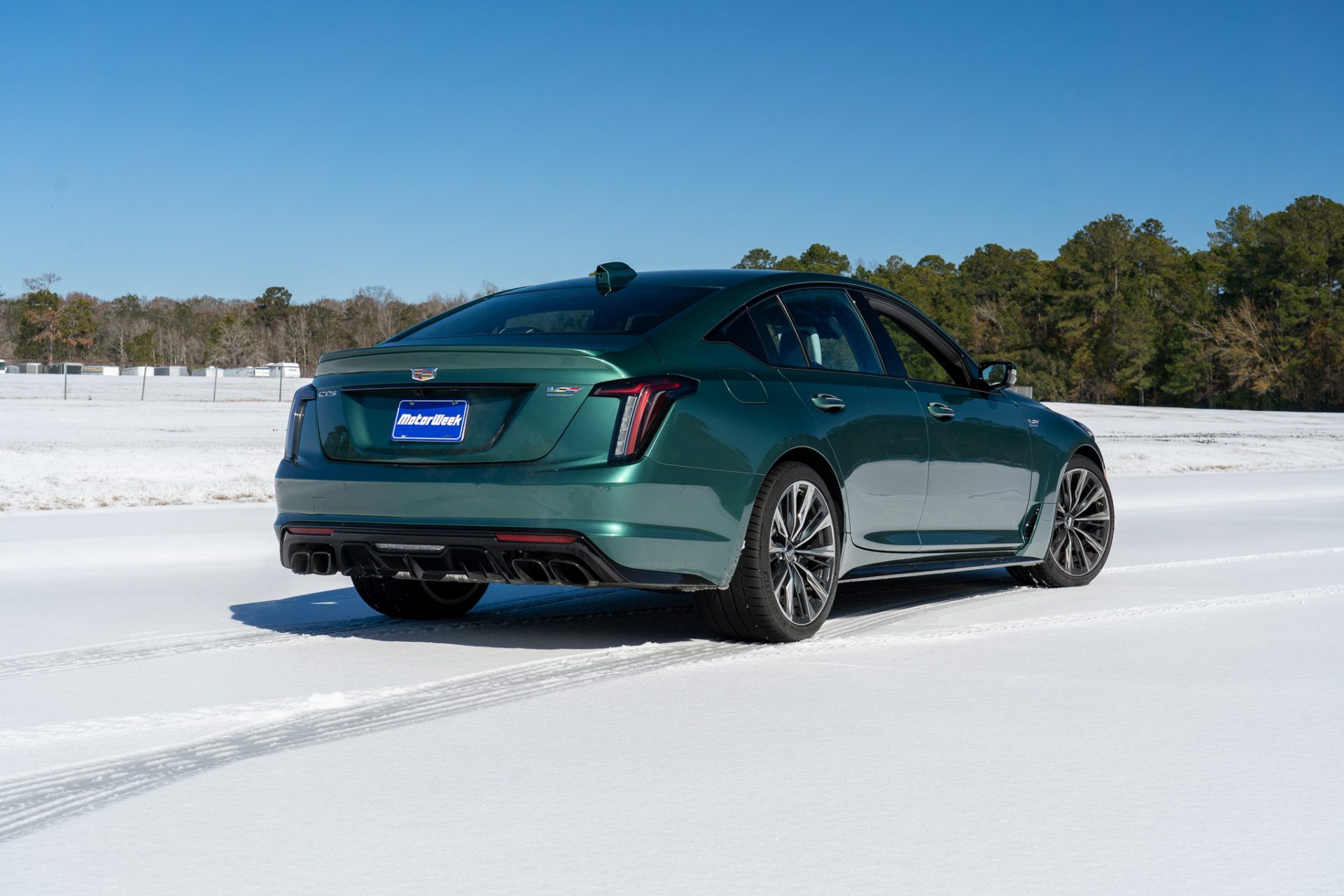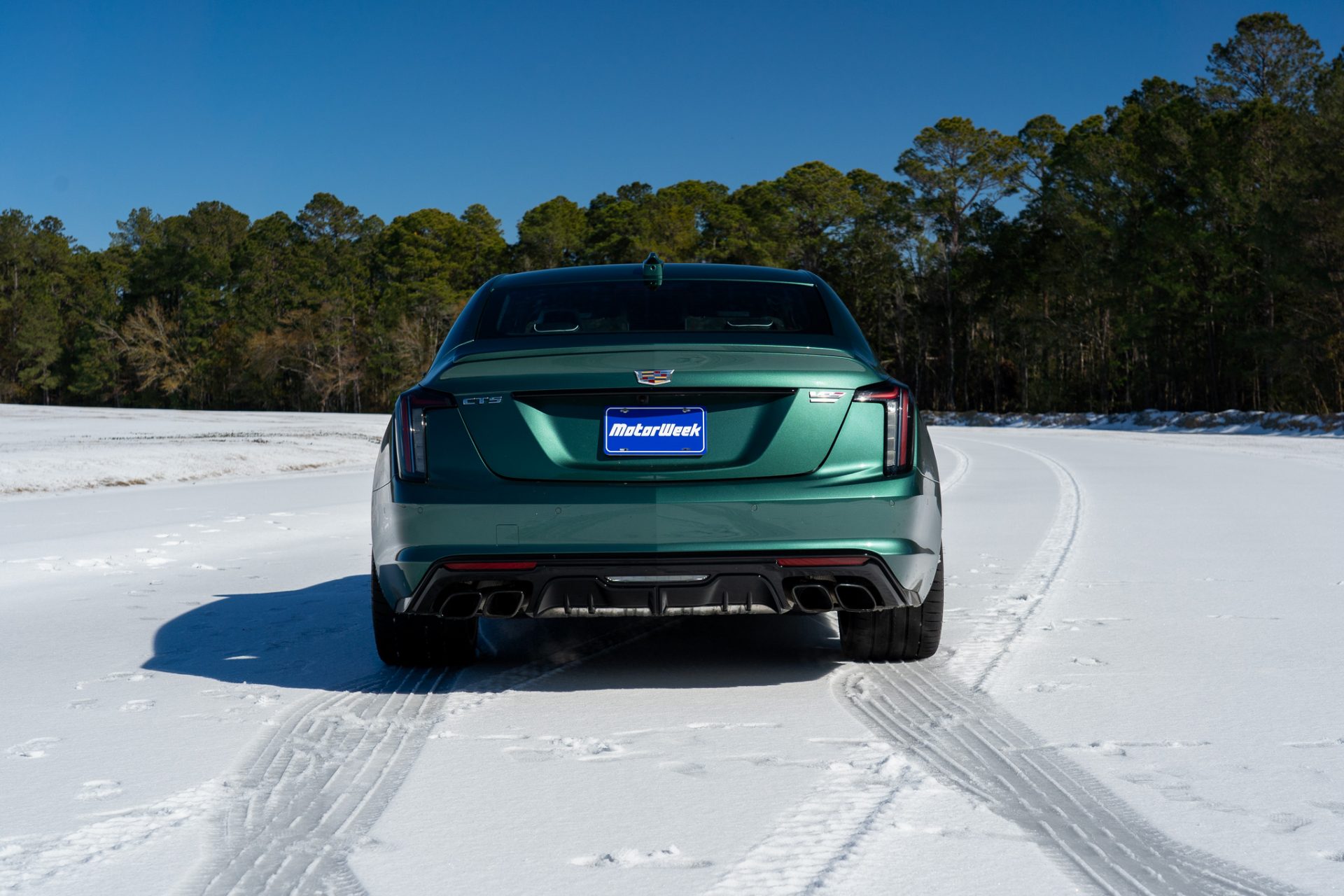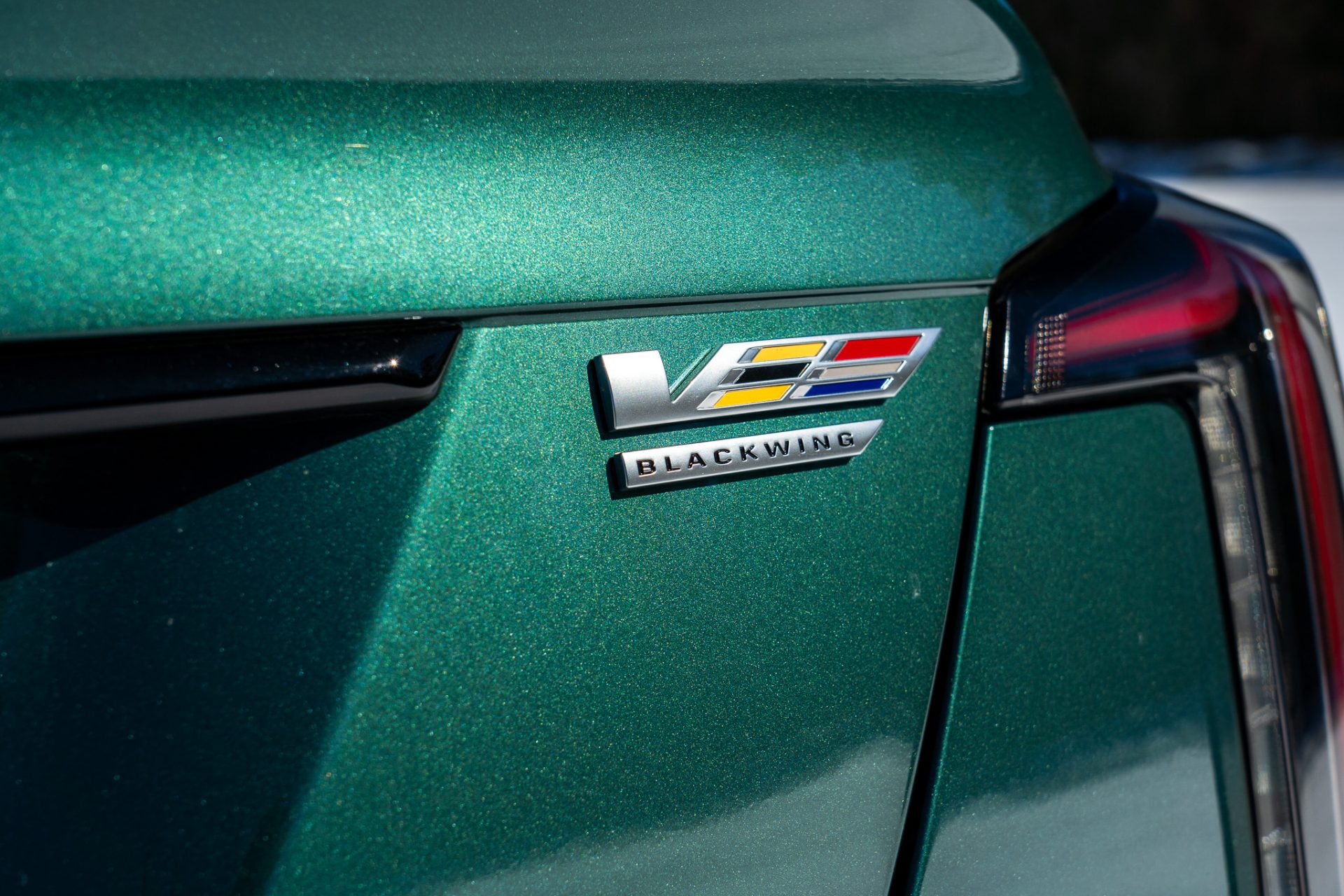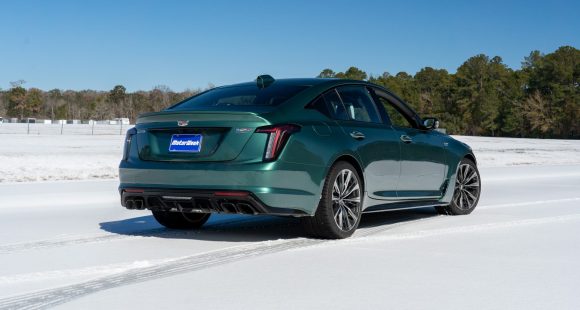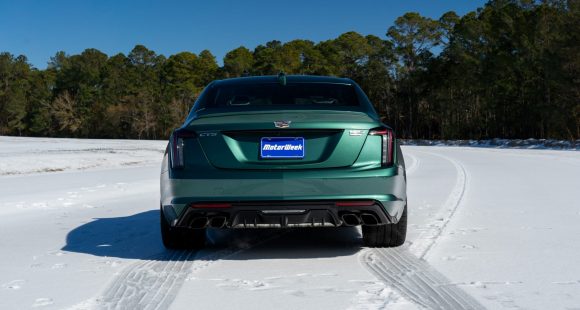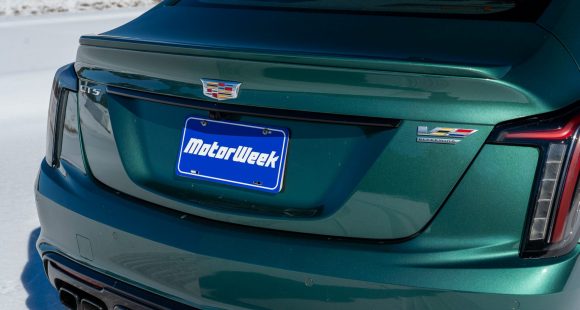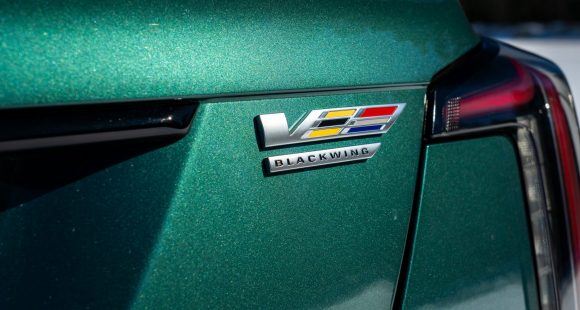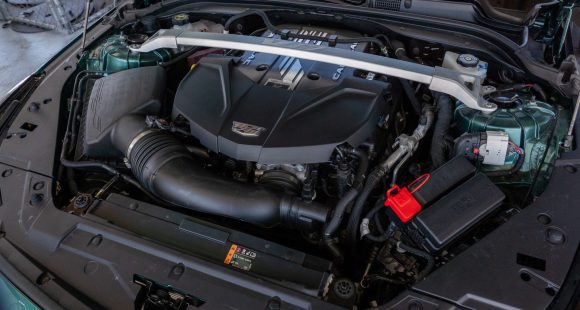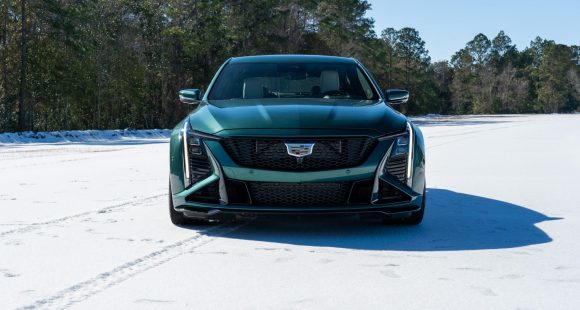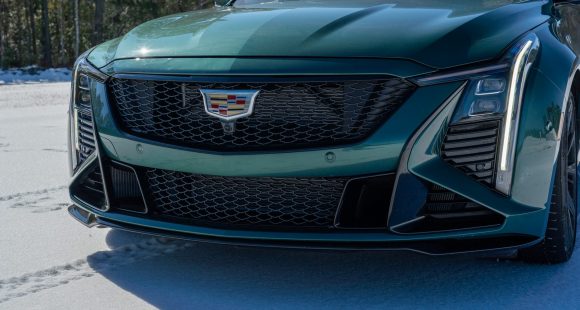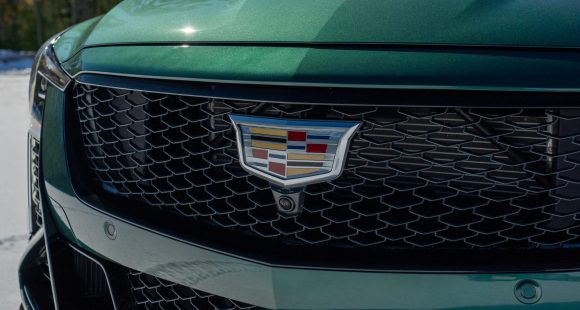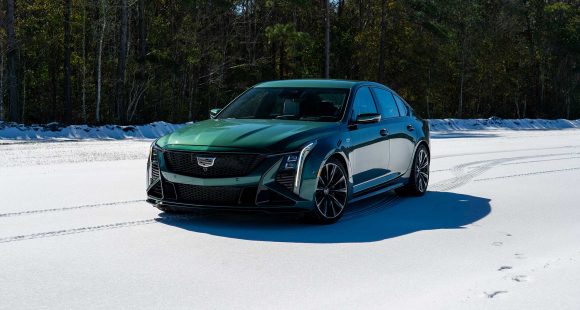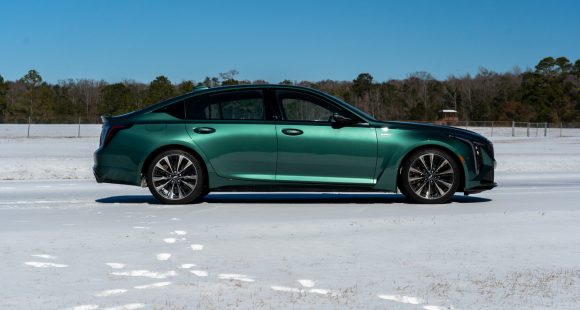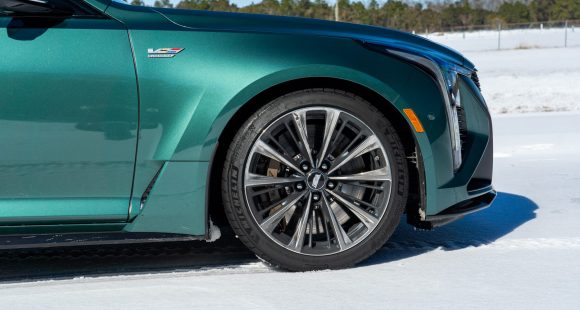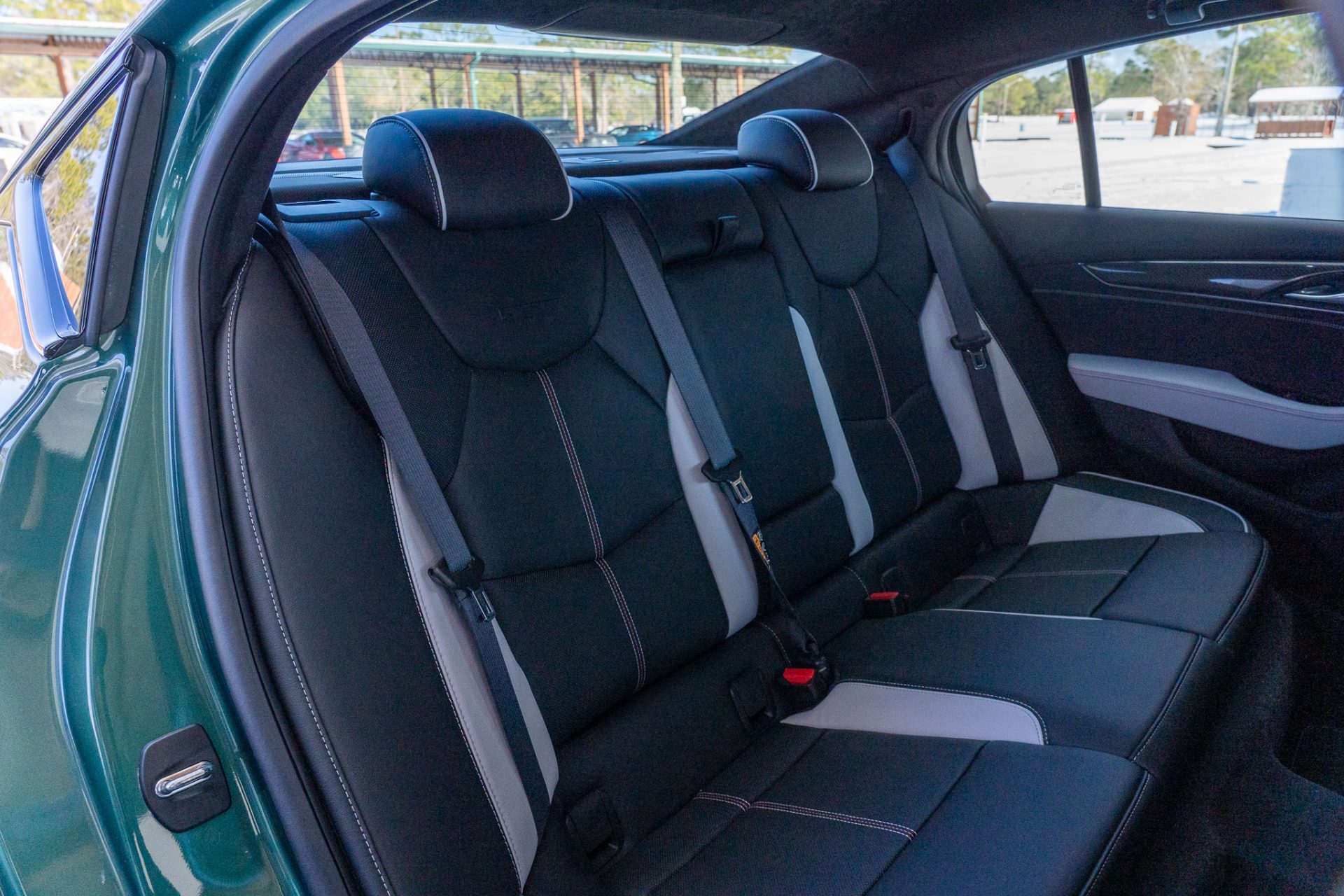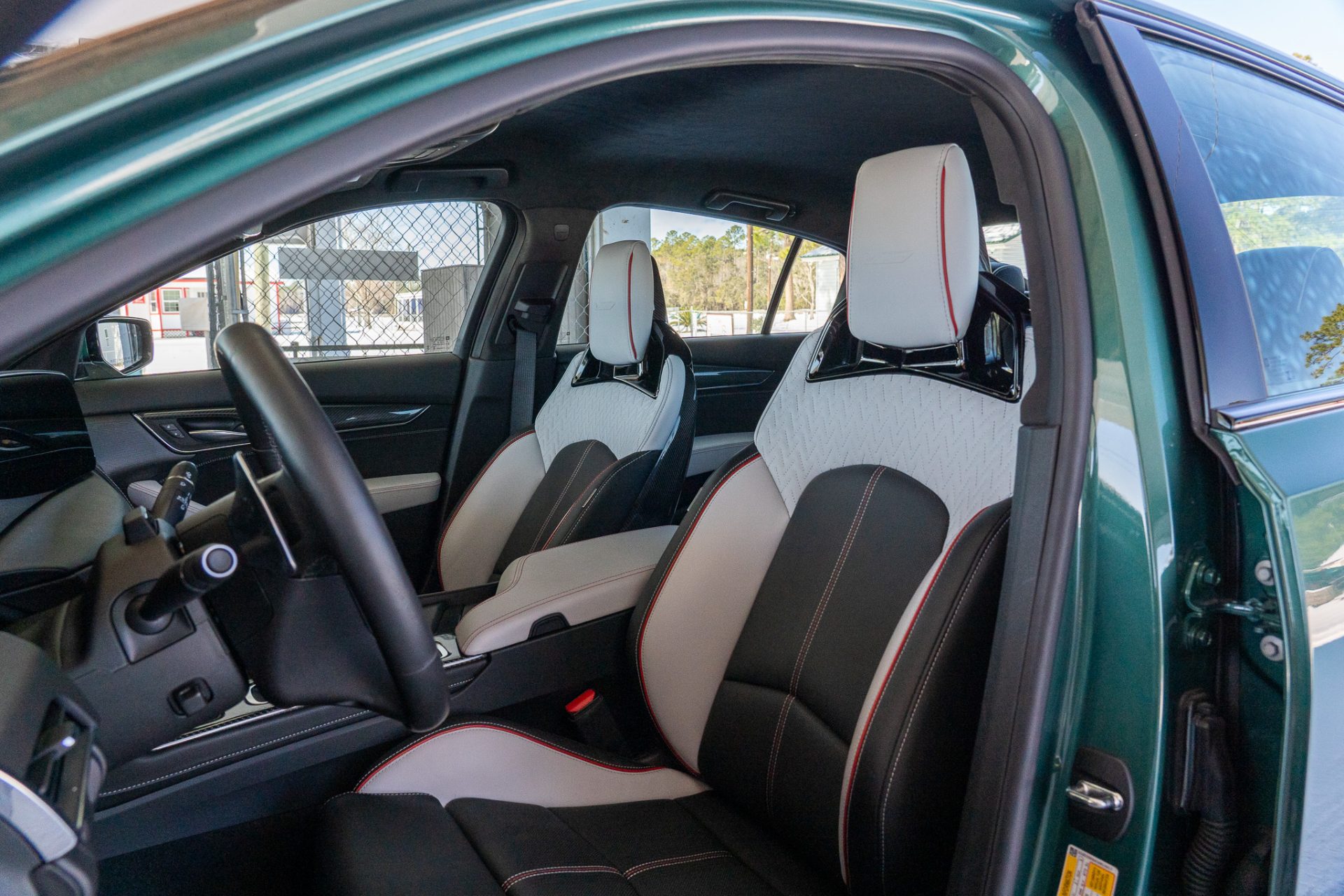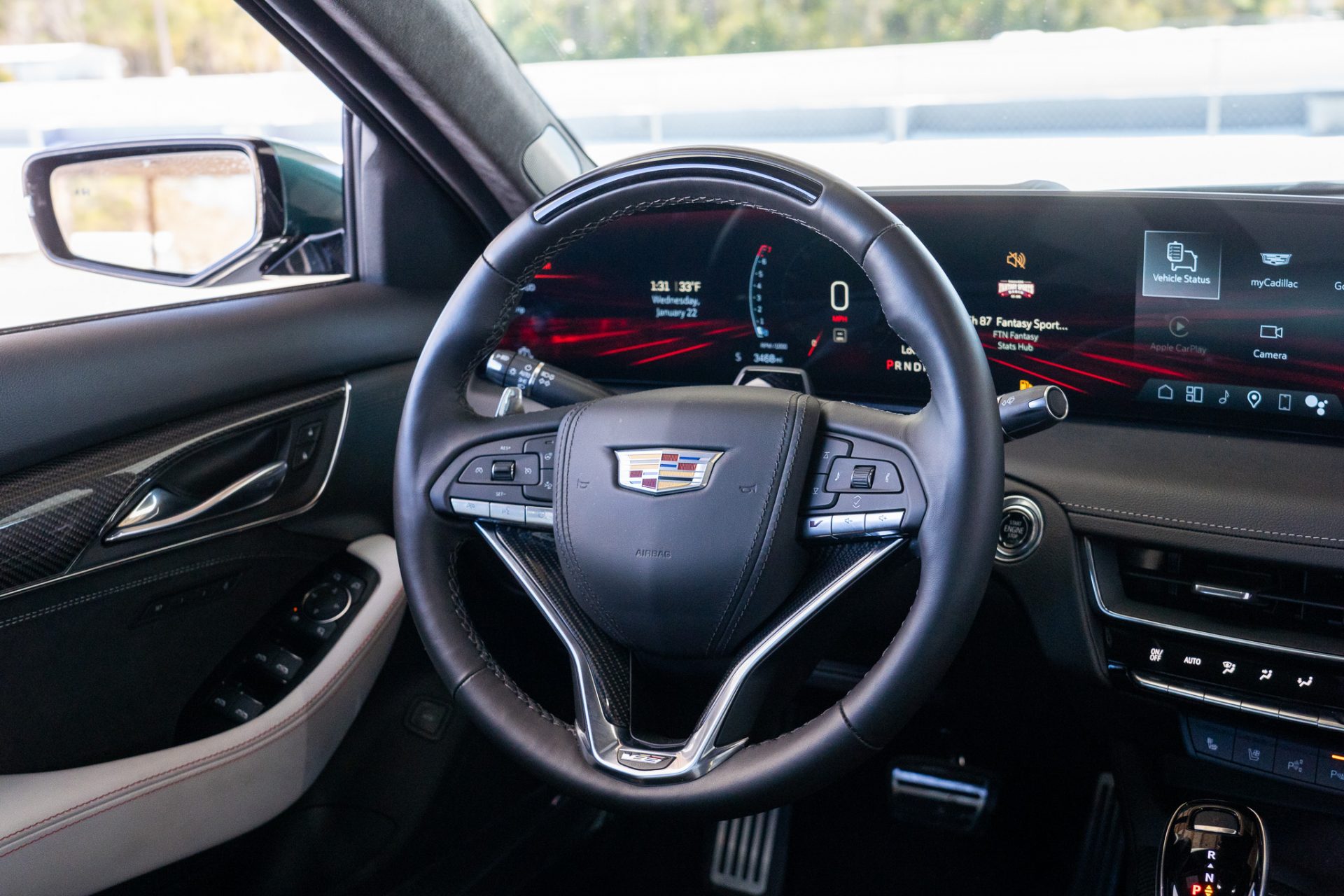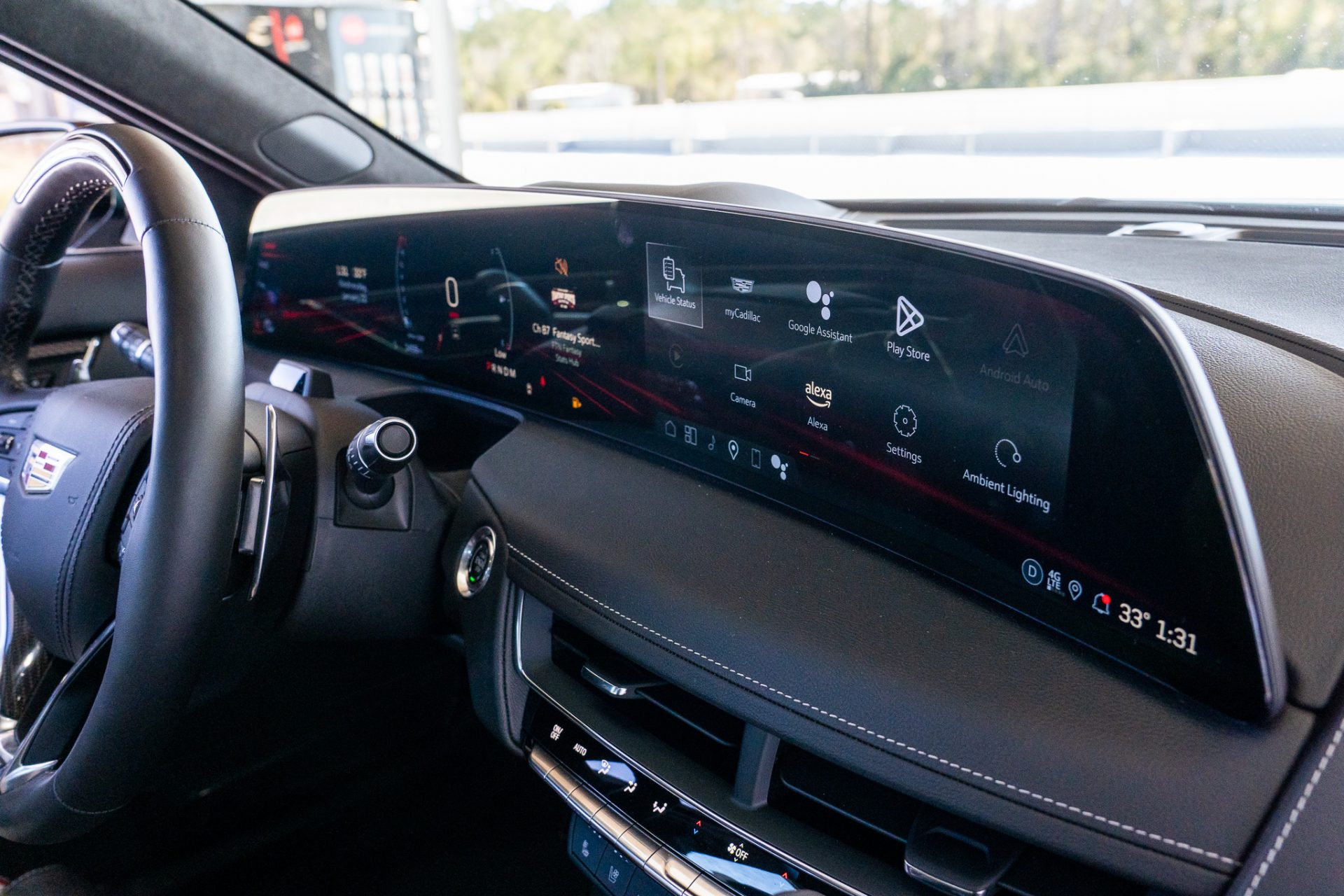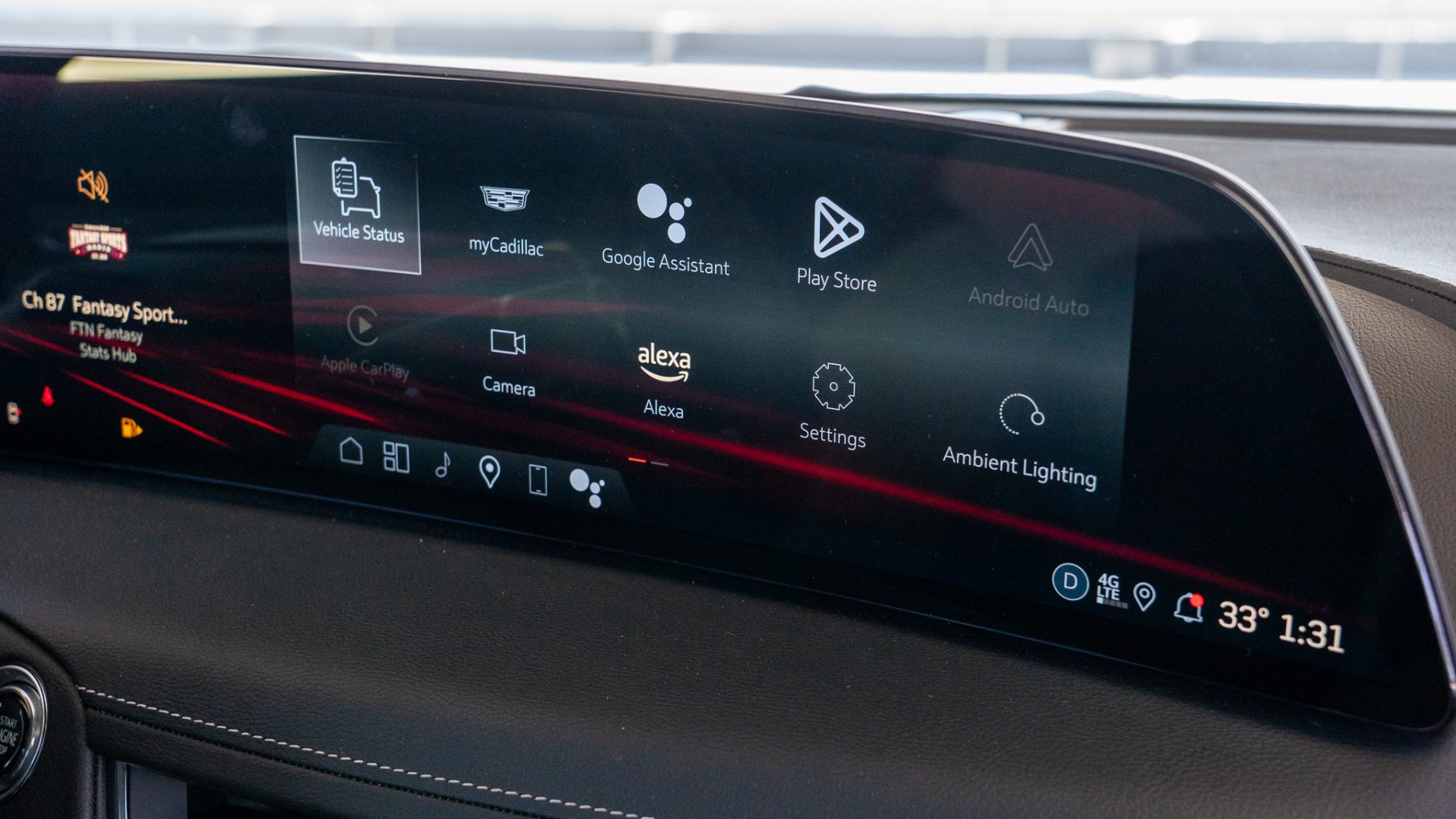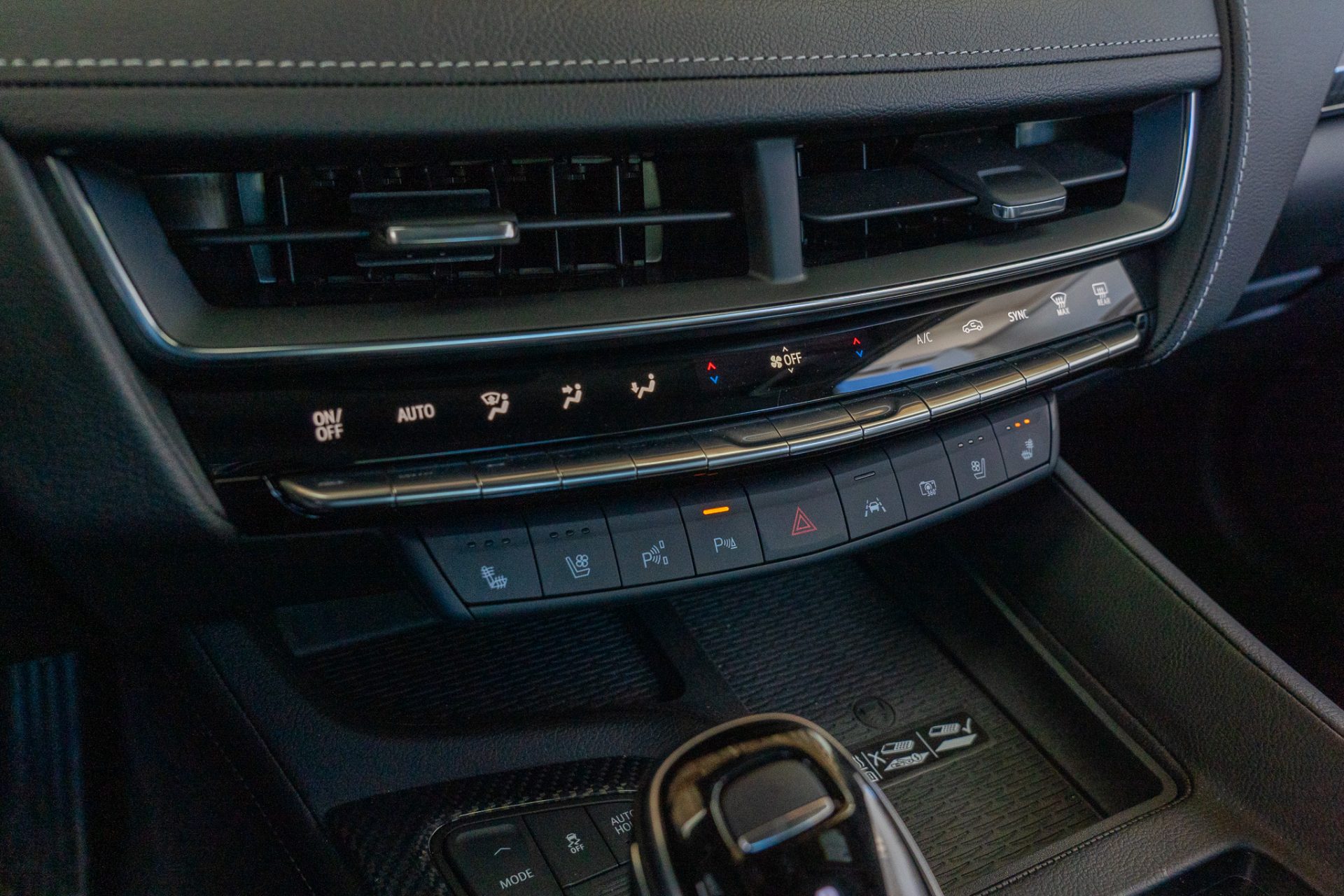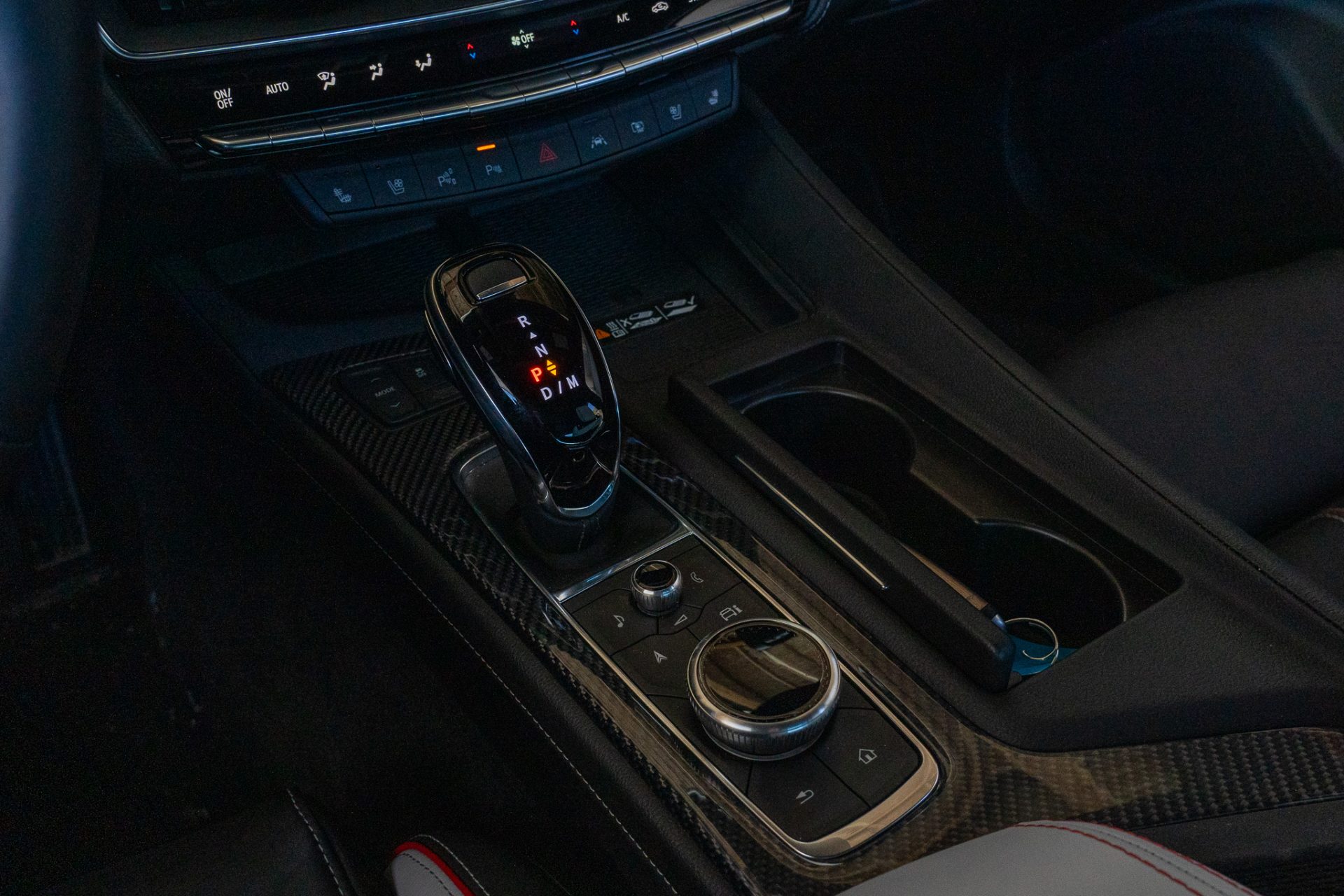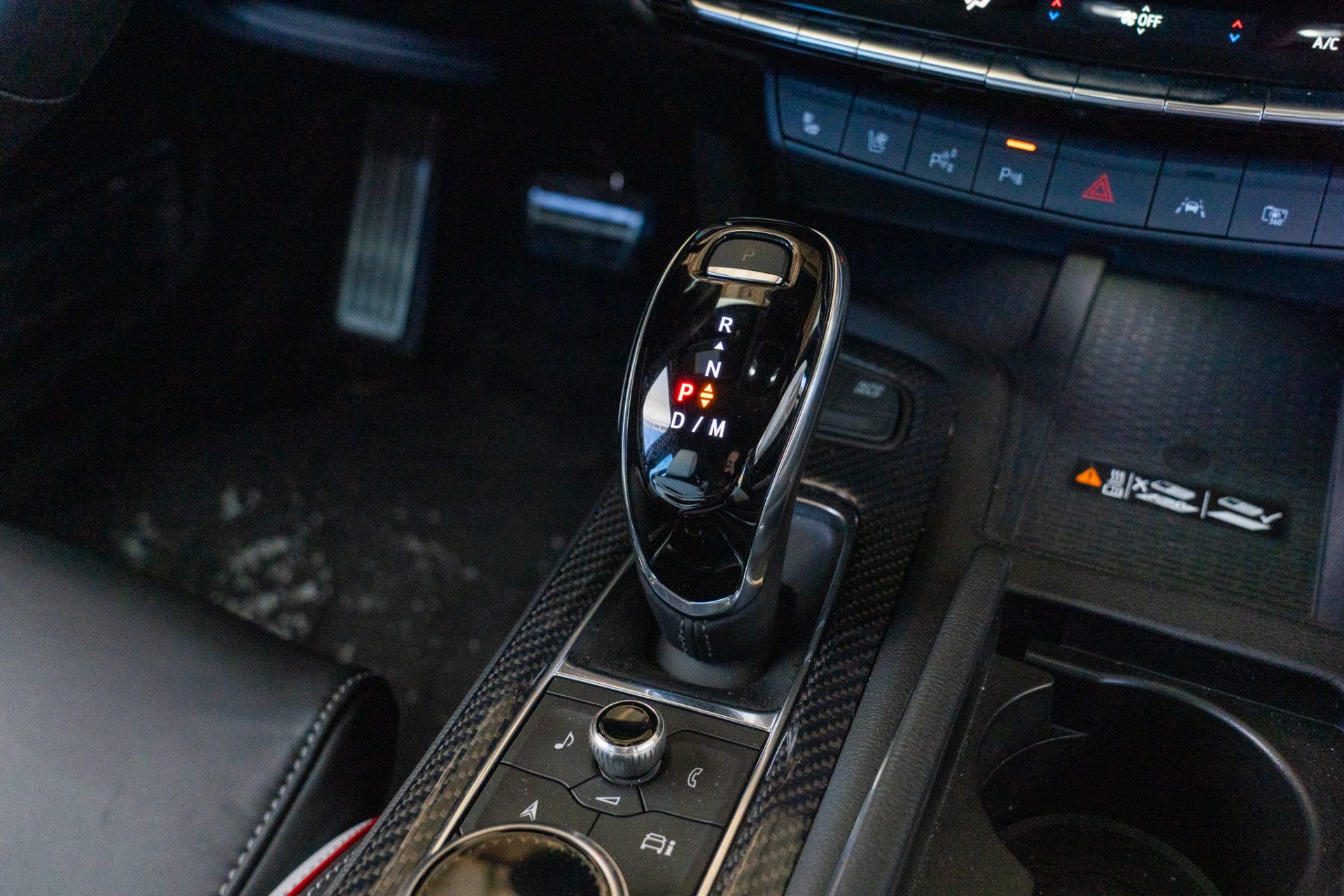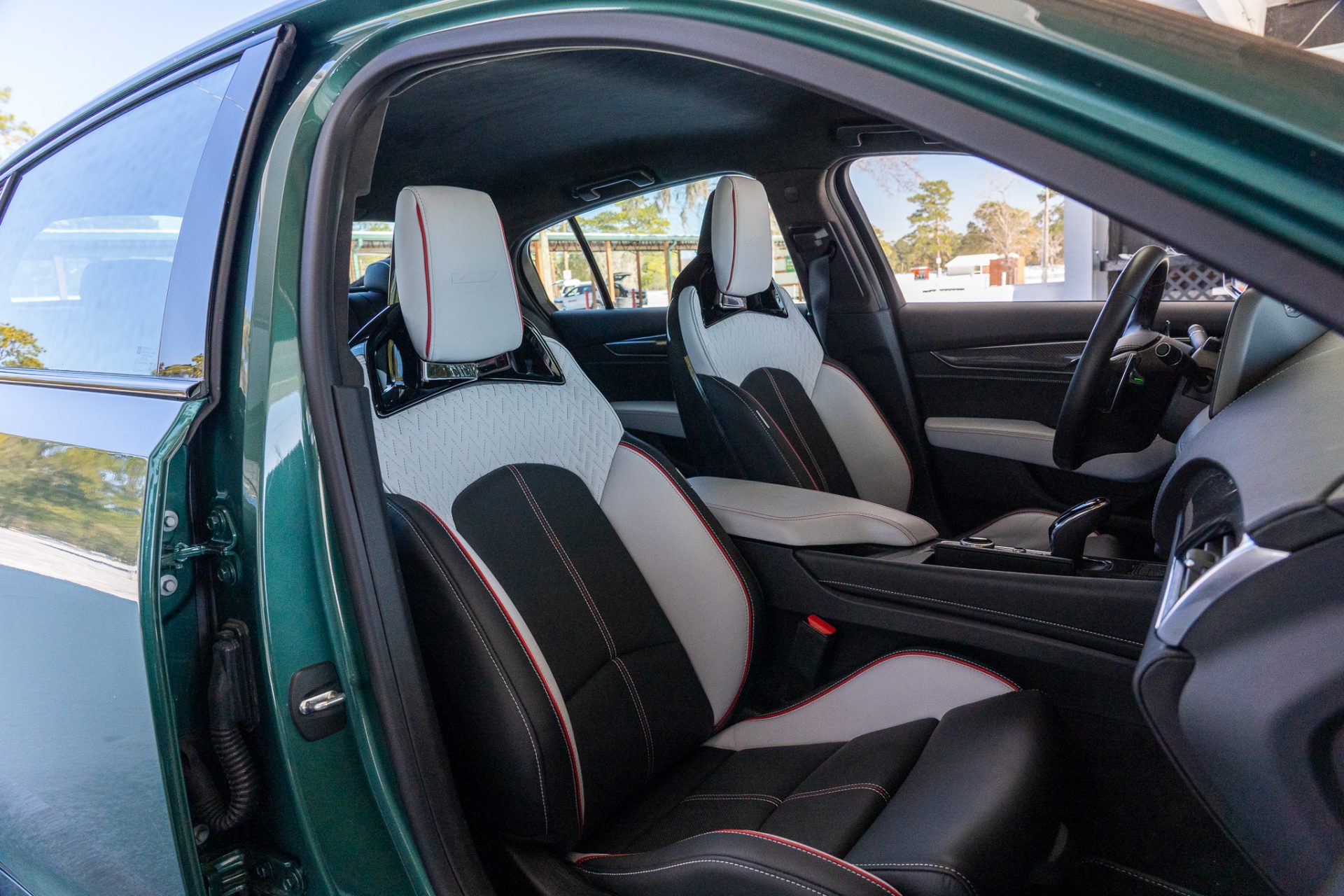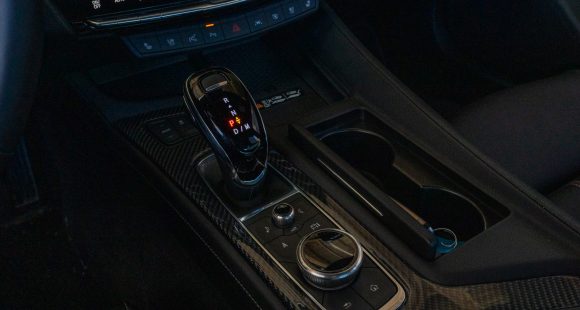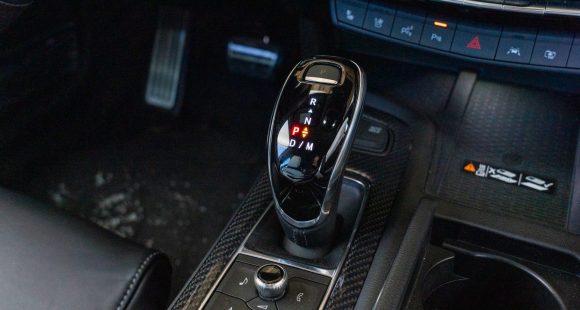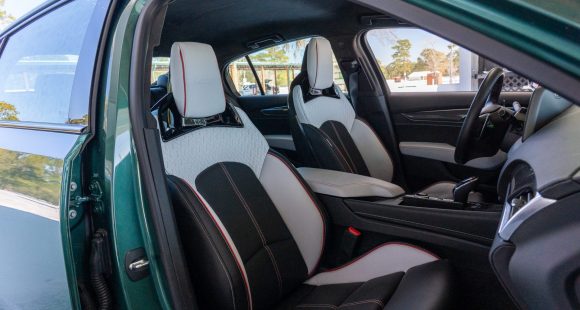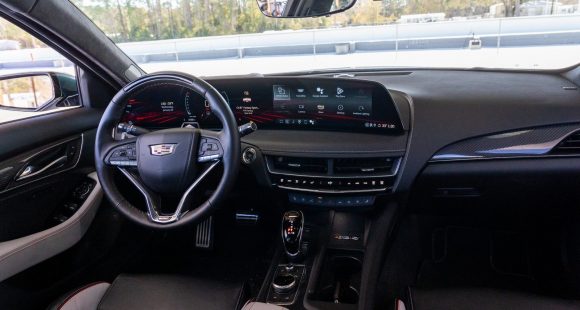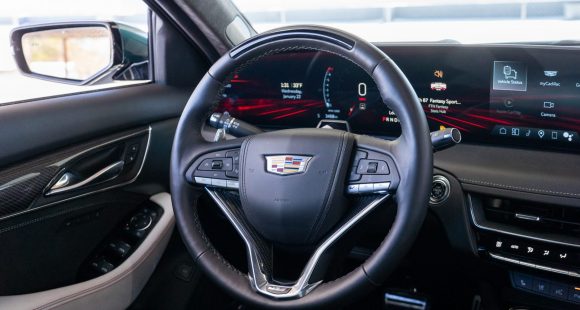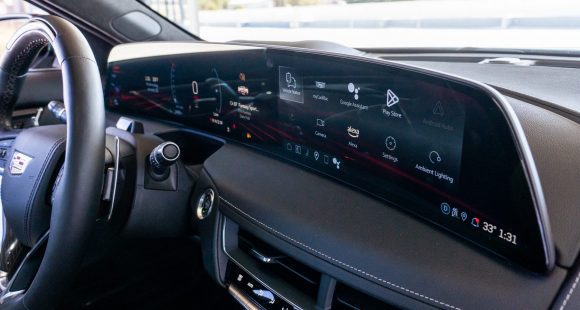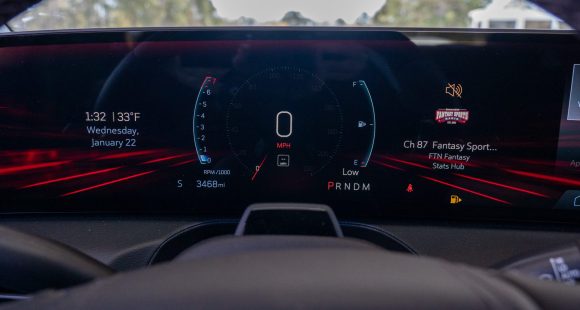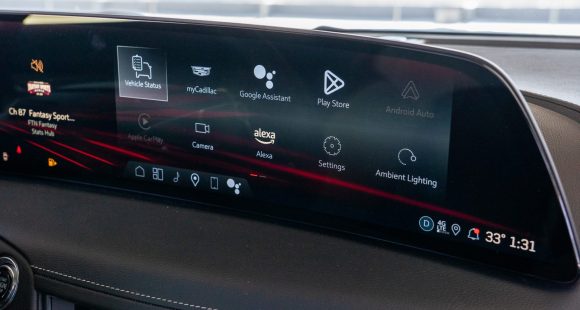2017 Chevrolet Colorado ZR2
Ever since Ford’s Raptor burst onto the truck scene; we, as well as the Chevy truck faithful, have been waiting for a bowtie response. Well, we’ve finally got one, but it’s not the full-size Silverado that we expected. so, let’s find out if the mid-size Colorado ZR2 is able to do more with a smaller footprint.
 For 2017, Chevrolet does indeed have something aimed directly at insatiable off roaders, the Colorado ZR2. We’ve seen the ZR2 badge before of course; on S-10 pickups and Blazers, and even on the ahem… Chevrolet Tracker in the 1990’s. But it now seems to have much more meaning adorning this purpose-built rig.
For 2017, Chevrolet does indeed have something aimed directly at insatiable off roaders, the Colorado ZR2. We’ve seen the ZR2 badge before of course; on S-10 pickups and Blazers, and even on the ahem… Chevrolet Tracker in the 1990’s. But it now seems to have much more meaning adorning this purpose-built rig.
Standard powertrain is a 308-horsepower 3.6-liter V6 with 275 lb-ft. of torque coupled to an 8-speed automatic transmission. The Colorado’s base 2.5-liter I4 is not available, but the 2.8-liter Duramax I4 turbo-diesel is; outputting 186-horsepower and a stout 369 lb-ft. of torque. It comes with a 6-speed automatic. 4-wheel-drive is, of course, is standard on all.
We spent some time burning and breathing both gasoline and diesel fumes out in the dirt near Grand Junction, Colorado. We had plenty of fun with both, but wouldn’t complain if GM snuck some more power into future versions of the ZR2; along with quicker responsive from the transmission.
The list of included off-road goodies is a long one, including electronic locking diffs front and rear, rocker protection, upgraded control arms, Autotrac transfer case, 3.42 rear axle, off-road programming for Stabilitrak, and 17-inch aluminum wheels with 31-inch Good Year Wrangler DuraTrac All-Terrains.
Suspension gets a modest 2.0-inch lift; but the biggest deal here is the Multimatic Dynamic Suspensions Spool Valve dampers, which are similar to those found in the Camaro Z/28. Chevrolet says this is the first such technology in an off road truck.
 And we can attest it allows the ZR2 to literally glide over obstacles both big and small, as well as land softly after getting big air like a Trophy truck; all while you feel totally in control.
And we can attest it allows the ZR2 to literally glide over obstacles both big and small, as well as land softly after getting big air like a Trophy truck; all while you feel totally in control.
There’s nothing else quiet like it; sure you could throw Toyota’s full TRD catalog at a Tacoma and get close, but you’d pay a lot more and the ride quality would be a deal breaker.
Chevrolet went the sedate route as far as styling the exterior, no flashy brotastic graphics like the original Raptor; just minimal ZR2 lettering on the bed. But it’s certainly more than your typical Colorado. There’s the distinctive power dome hood, and both front and rear are redone to handle steep terrain.
The stance is noticeable wider too, with plenty of skid plate protection added underneath. Both crew and extended cabs are available, as are both short and long beds; a spray-in bedliner is standard.
A trailering package with integrated brake controller is also included, though due to all of the off-road upgrades, towing capacity is limited to 5,000-lbs.
 Not much visual change inside, which is a good thing if, like us, you appreciate the Colorado’s upscale, highly functional and quiet space; a bad thing if you’re looking for something a little flashier to show off to your friends or bare-bones rugged.
Not much visual change inside, which is a good thing if, like us, you appreciate the Colorado’s upscale, highly functional and quiet space; a bad thing if you’re looking for something a little flashier to show off to your friends or bare-bones rugged.
Much like the latest Raptor, the on road experience is surprisingly pleasant. The ZR2 is not floaty at all; as those high-dollar dampers allow for quick turn-ins and keep cornering relatively flat. Road noise from the tires is fairly subdued too.
While not exactly a direct competitor to the Raptor; as far as the total package goes, the ZR2’s “just right” size makes it a much more satisfying option for daily use, as well as easier to navigate in tight trails, though it certainly doesn’t have the Raptor’s monster motor under the hood.
Government Fuel Economy Ratings are 16-City, 18-Highway, 17-Combined for gas, and 19-City, 22-Highway, 20-Combined for the Diesel which has the better Energy Impact Score at 19.1-barrels of annual oil consumption, with 8.4 tons of CO2 emissions.
Pricing starts at $40,995 for Extended Cab and $42,620 for Crew Cab; add another $3,500 for the diesel. You could spend much less on a Colorado 4X4, but why would you? This beast of a bargain is now our top Colorado choice, at least until the price goes up!
The 2017 Chevrolet Colorado ZR2 is truly a do-anything truck; from rock crawling, to bombing across desert 2-track, to hauling your toys, taking the family on adventures, and even getting you to work on time every day in comfort; all while feeling like some crazy off-road Camaro. Well, done GM.
Specifications
- Engine: 2.8-liter Duramax I4 turbo-diesel
- Horsepower: 186
- Torque: 369 lb-ft.
- EPA: 19 mpg city / 22 mpg highway
- Energy Impact: 19.1 barrels of oil/yr
- CO2 Emissions: 8.4 tons/yr
2025 Rivian R1S
Major Reboot for Rivian R1S
With just about every mainstream carmaker now onboard with battery-electric vehicles, EV-only brands are hoping there are still plenty of people out there willing to think outside the box. So, let’s see if Rivians latest R1S utility can make the case for taking the EV road less traveled.
Big changes have happened in the short time since the Rivian R1S first hit the streets three years ago. As for 2025, there are updates that touch just about every aspect of the vehicle. Yes, despite looking almost exactly the same outside, Rivian claims that beneath the surface, their entire electrical architecture has been significantly updated, eliminating a whopping mile and a half of wiring and 10 computer assemblies, allowing for more efficient operation.
But look closely and you will see their signature vertical oval headlights are updated with a new matrix of LED lights that can cycle individual elements on and off to provide maximum illumination where you need it without distracting oncoming drivers.
Not much change in the look of the interior either, but the synthetic leather upholstery is still very nicely done, though most touchpoints feel more rugged than luxury minded. With the exception of a couple controls on the steering wheel, you do still have to do almost everything on the R1S’s 15.6-inch touchscreen, but the user interface has been improved. So, while we do wish they could have reverse-engineered a knob or two into the mix, we realize full touchscreen interface is just what people expect in their high-end EVs these days, and at least it works better than before. And the gauge display still wows you with the amount of information it displays and is mounted high enough that no additional head-up display is needed. A new Rivian Autonomy Platform uses 11 cameras, five radars and A.I. for self-driving, or just to monitor what’s going on around the vehicle even when it’s parked.
This [EV] really feels fast, sitting you up high and throwing you back in your seat with authority.
Rivian has also given the R1S a substantial suspension revision with new spring rates, bushings, and mounts; along with new tuning for the adaptive dampers and roll-mitigation system. It does provide a more balanced street attitude, but it still rides like a truck. That’s great if that’s the experience you’re looking for; not as ideal if you’re looking for more of the smooth luxury-style treatment.
All R1Ss are all-wheel drive, but there’s a wide variety of powertrain options including a new Tri-Motor setup. Outputs range from the standard Dual-Motor’s 533 horsepower to the Quad-Motor’s impressive 1,025. There are several battery packs as well, delivering as much as 410 miles of range, giving the R1S the highest rating of any SUV on the market right now. Our Adventure trimmed tester featured the 665-horsepower Performance version of the Dual-Motor arrangement, with the Max battery and 20-inch wheels with all-terrain tires.
Theoretically, that setup is rated for 370 miles, but perhaps we were enjoying the “performance” theme too much as our results were well short of that, using 68% of the battery to drive only 189 miles, putting our estimated range around 278 miles. Using 43 kilowatts of electricity for every 100 miles earns the R1S a fair efficiency rating.
But all was forgiven at our Mason Dixon test track when this Rivian started blasting us to 60 in 3.8 seconds. Yes, there are faster EVs, but this one really feels fast, sitting you up high and throwing you back in your seat with authority, while the rear of the truck squats down substantially before hurling you off the line and down the track. Power delivery stayed strong the entire time, cranking away until we cleared the quarter-mile in 10.5 seconds at 108 mph.
Despite this utility’s substantial size and weight, we were able to keep a pretty fast pace through the cones of our handling course. The all-terrain tires obviously didn’t grip the pavement as well as all-seasons would, but the low center of gravity kept things very flat. Yes, it does feel very heavy, but the brakes were more than up to the task, stopping us from 60 mph in a very short 103 feet with surprisingly little nosedive and no fade.
Pricing starts at $77,700 for the Dual-Motor with Standard battery pack; our Dual-Motor Performance with the Max battery and All-Terrain Package came in just over $102,000.
While Rivian has had great initial success; sustaining that success will be a much tougher task. But, if they continue to put as much effort into improving their products as they have here with the 2025 R1S, we think their winning streak will only accelerate.
Specifications
As Tested
- Motor Setup: Dual Motor
- Battery Size: 141.5 kWh
- Horsepower: 665
- Torque: 829 lb-ft
- EPA Range: 370 miles
- 0-60 mph: 3.8 seconds
- 1/4 Mile: 10.5 seconds at 108 mph
- Braking, 60-0 (avg): 103 feet
- MW Test Loop: ~278 miles
2025 Cadillac CT5-V Blackwing
Bangin’ Corvette Disguised As Old Man’s Luxury Sedan
It was just 3 years ago that we stormed around the nine highspeed turns of Savannah’s Roebling Road Raceway in the then-new Cadillac CT5-V Blackwing. We loved everything about that remarkable beast of a sport sedan. Well since then, Cadillac has made the big boy Blackwing even better! So, we’re headed back to Roebling to check it out.
Roebling Road Raceway is a high-speed track that suffers no pretenders, and this 2025 Cadillac CT5-V Blackwing gets around about as fast as any exotic hardware we’ve tested here; certainly, faster than anything else you can comfortably haul a foursome to the country club for 18 holes in, and it sounds wicked while doing it.
Media types love to hype “last of the breed” scenarios, and when this Beast from the Midwest rolled onto the scene for 2021, there were many predictions it would be the “last great V8 sedan.” Well, we’re not into doomsday predictions or prepping for that matter, we’re into enjoying every car as much as we can whenever we can, and the CT5-V Blackwing seems to be of like mindset, feeling right at home both overpowering Roebling’s corners and streaking wide open down its long front straight. It’s hard not to enjoy the ridiculousness of it all, as that raucous V8 is sounding NASCAR, but the car is feeling much more like a world-class sport sedan.
It’s a Corvette motor, something that goes all the way back to the original Cadillac CTS-V from 2004. Things got serious in ‘09 when it starting making well over 500 horsepower and breaking Nürburgring records. Fast forward to now and the CT5-V Blackwing’s hand crafted and supercharged 6.2-liter roars to life in a way that seems to overpromise, but when you tap into its 668 horsepower and 659 lb-ft of torque, you quickly realize it can back it up. If, for some reason, it’s too much for you, there are quieter exhaust settings.
Our original CT5-V Blackwing test 3 years ago featured the six-speed manual, so in the interest of fairness, we opted for the 10-speed automatic this time around; it’s quicker to 60 by two-tenths of a second, according to Cadillac, at 3.4 seconds. But an unintended consequence of the Blackwing’s Vortex of Awesomeness is that it unexpectedly sucked a winter storm into coastal Georgia and covered the track with snow before we could record our own straight-line numbers.
Spot-on steering, solid brakes, and gobs of torque [are] readily available.
Fortunately, we did get plenty of laps in before that happened, and the 10-speed provided lightning quick shifts, with noticeably tighter gearing than the manual. It’s always a unique kind of joy to thrash a Cadillac around a racetrack, but this one seems more up to the task than any Cadillac to this point; spot-on steering, solid brakes, and gobs of torque readily available regardless of what number the tach needle is pointing at or what gear you’re in.
Our test car came wearing Typhoon Metallic, one of three new color choices available for ’25. What else is new? Well, the front end gets a tougher look, along with improved aerodynamics from reshaped ground effects and front fenders. LED lighting is upgraded inside and out. There’s an updated Carbon Fiber Package, and new quad trapezoid exhaust tips.
About the only other thing that changes in here is fitment of Cadillac’s 33-inch widescreen display. And while plenty of V performance cues remain, your senses still take in the best of Cadillac luxury. Though connecting with GM’s Performance Data Recorder, which has been enhanced with a better interface and real-time lap delta, reminds you just how serious Cadillac takes Blackwing performance.
Government Fuel Economy Ratings are 13 City, 20 Highway, and 15 Combined. CT5-V pricing starts at $58,390; and that’s for a 360-horsepower, twin-turbo V6 which is pretty incredible in its own right, and you can you even add all-wheel drive to that one. This CT5-V Blackwing just takes it to a significantly higher level and starts at $99,090. Get ‘em while you can.
Predictions of the gasoline engine’s demise over at Cadillac were perhaps a little premature, as there’s plenty of people who still like their sport sedans loud, V8 powered, and supercharged. And while there will probably always be high-performance Cadillacs, it’s doubtful any will be able to deliver the full sensory overload kind of experience found here in the 2025 Cadillac CT5-V Blackwing, a world-class sport sedan that beats with pure American muscle and can hang with any driving machine out there, ultimate or otherwise. If only everything could feel this real forever.
Specifications
As Tested
- Engine: 6.2-liter Supercharged V8
- Transmission: 10-speed automatic
- 0-60 mph (est.): 3.4 seconds
- Horsepower: 668
- Torque: 659 lb-ft
- EPA: 13 City | 20 Highway | 15 Combined









